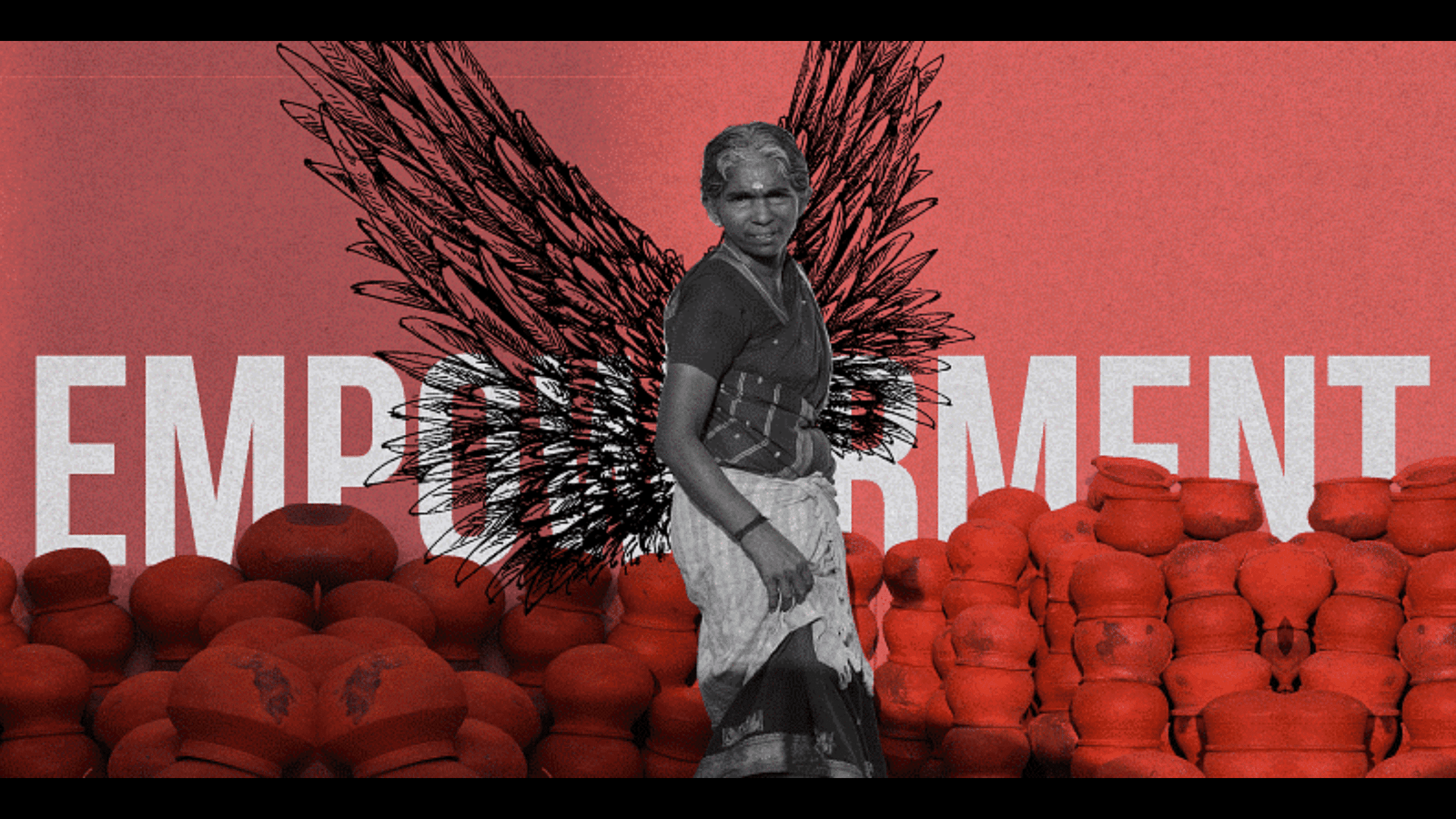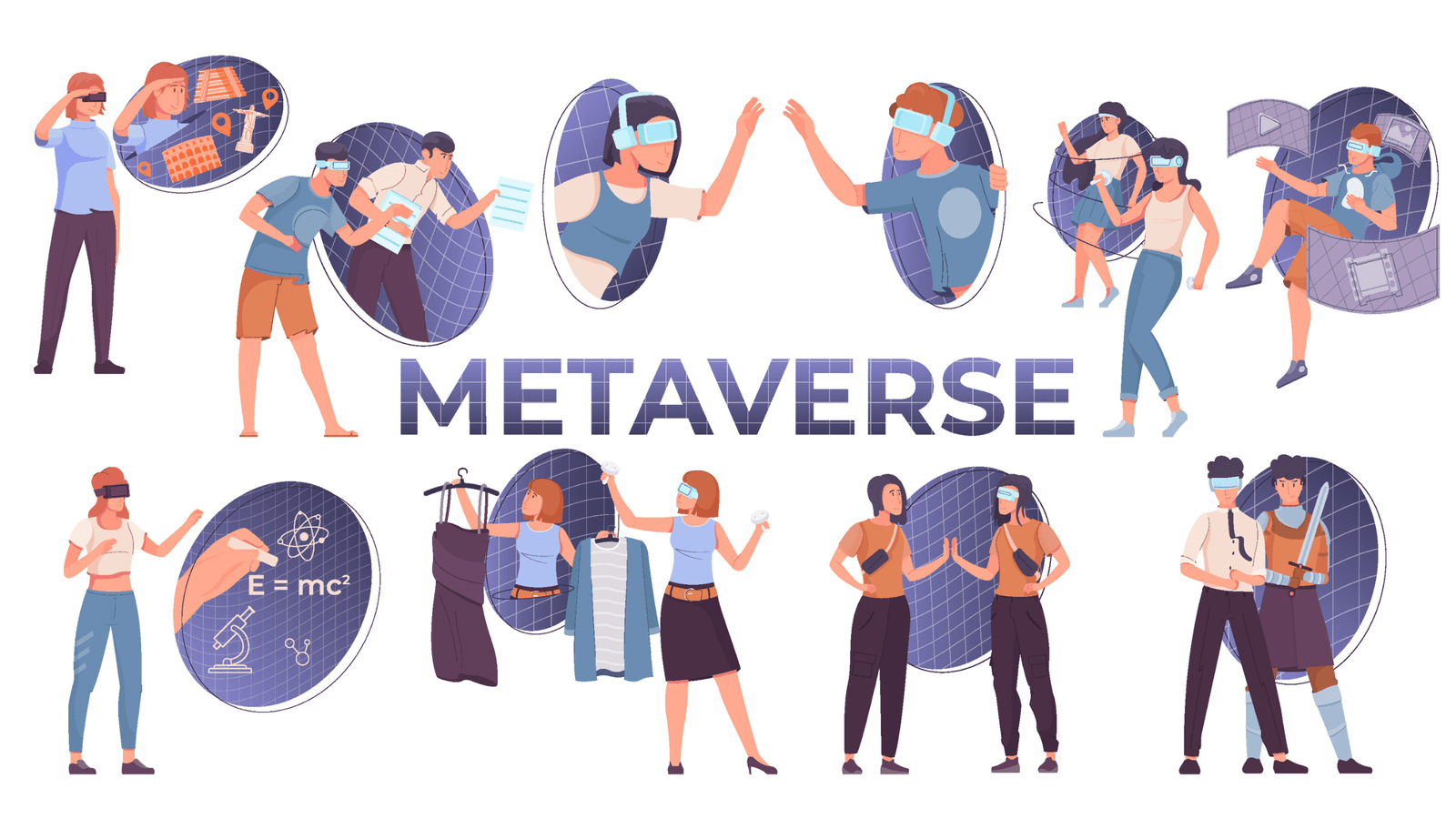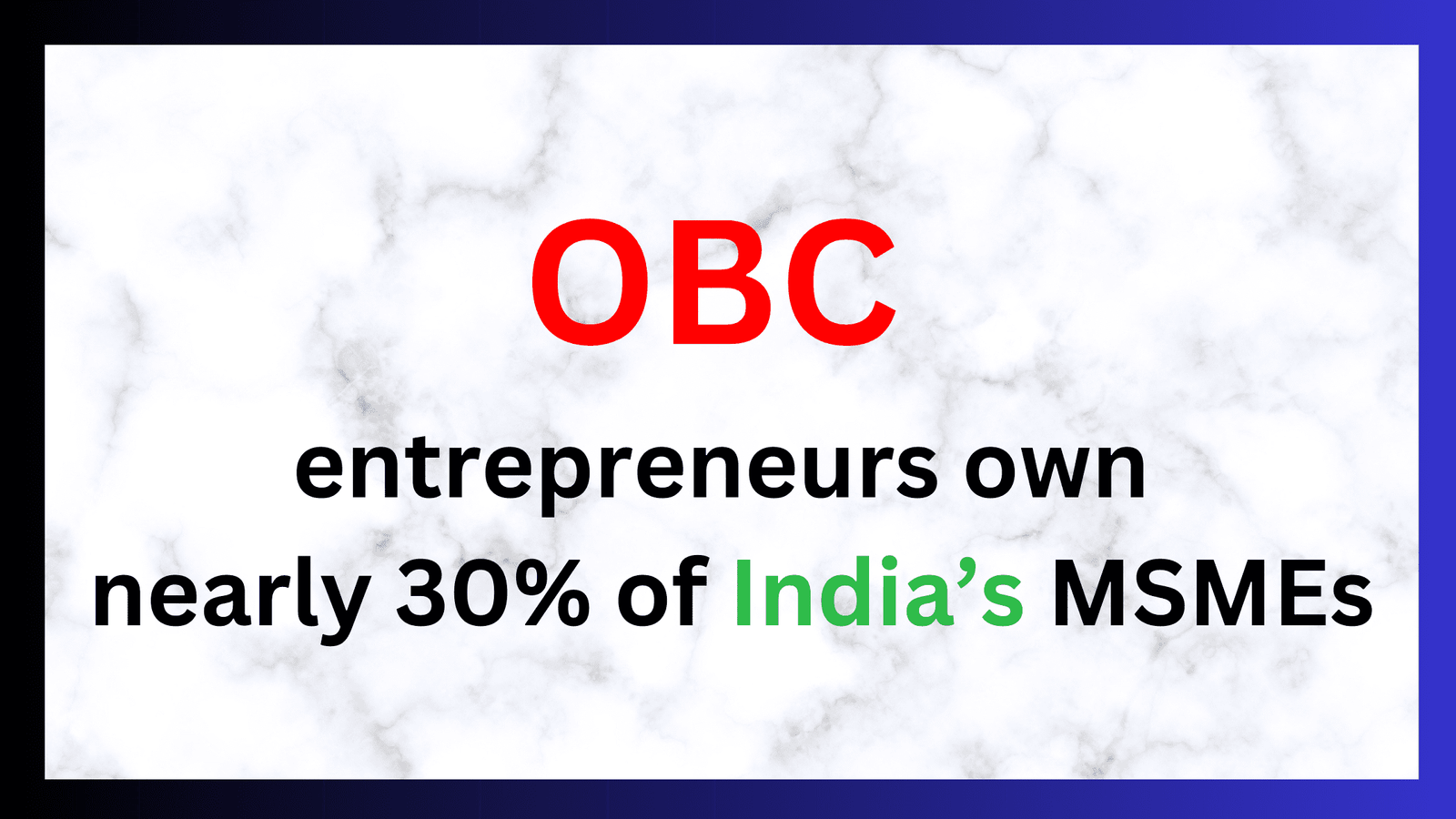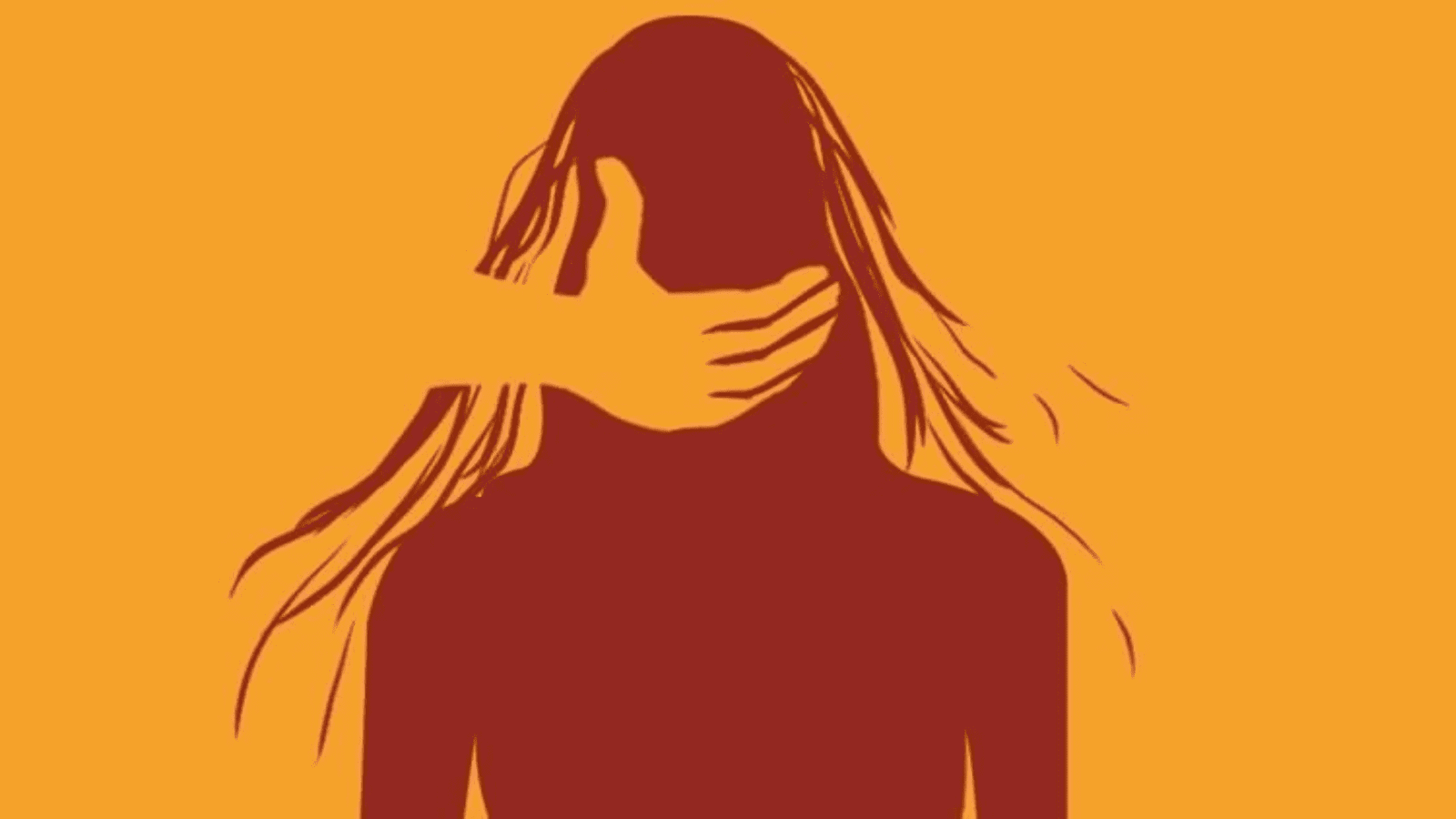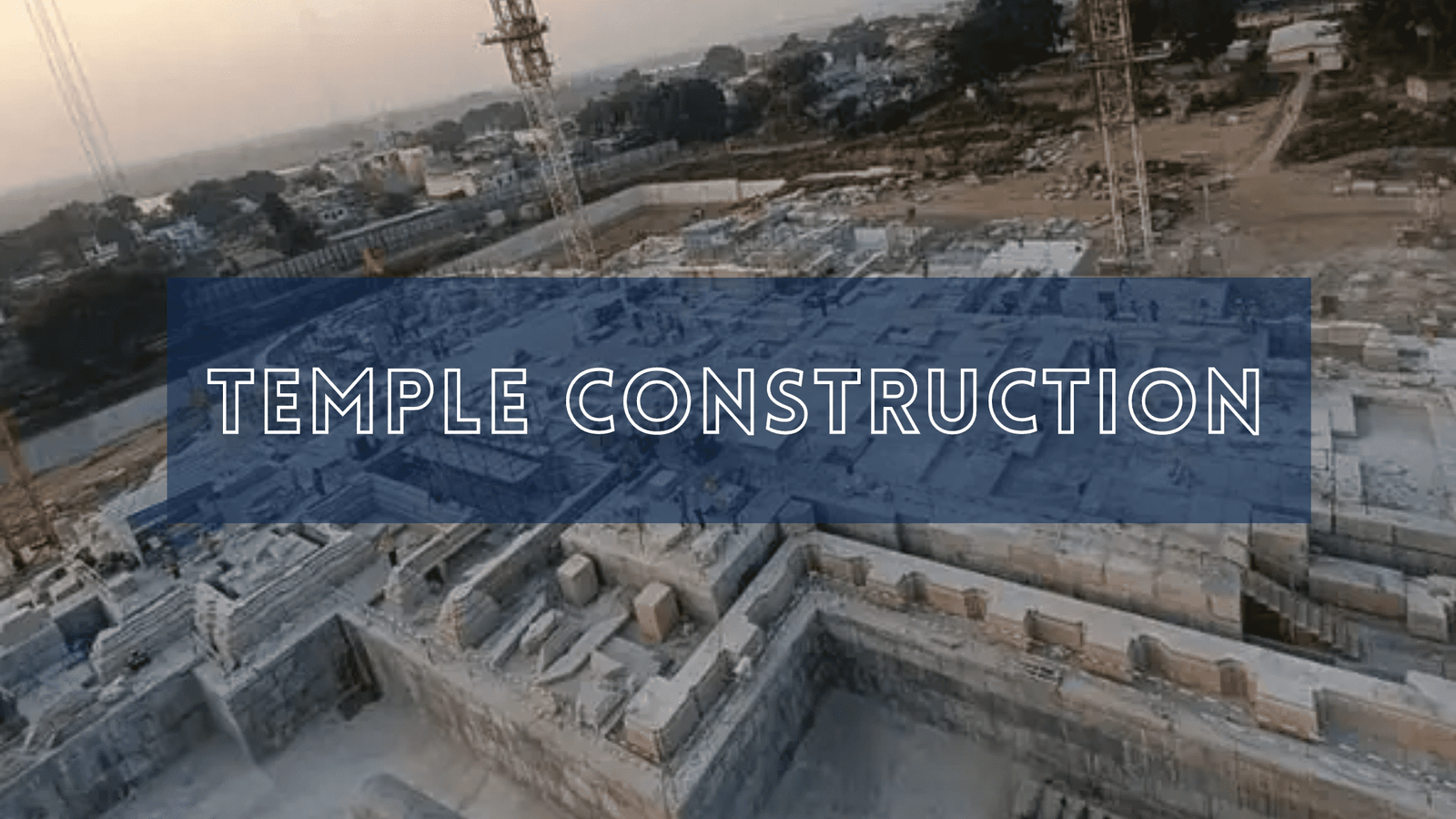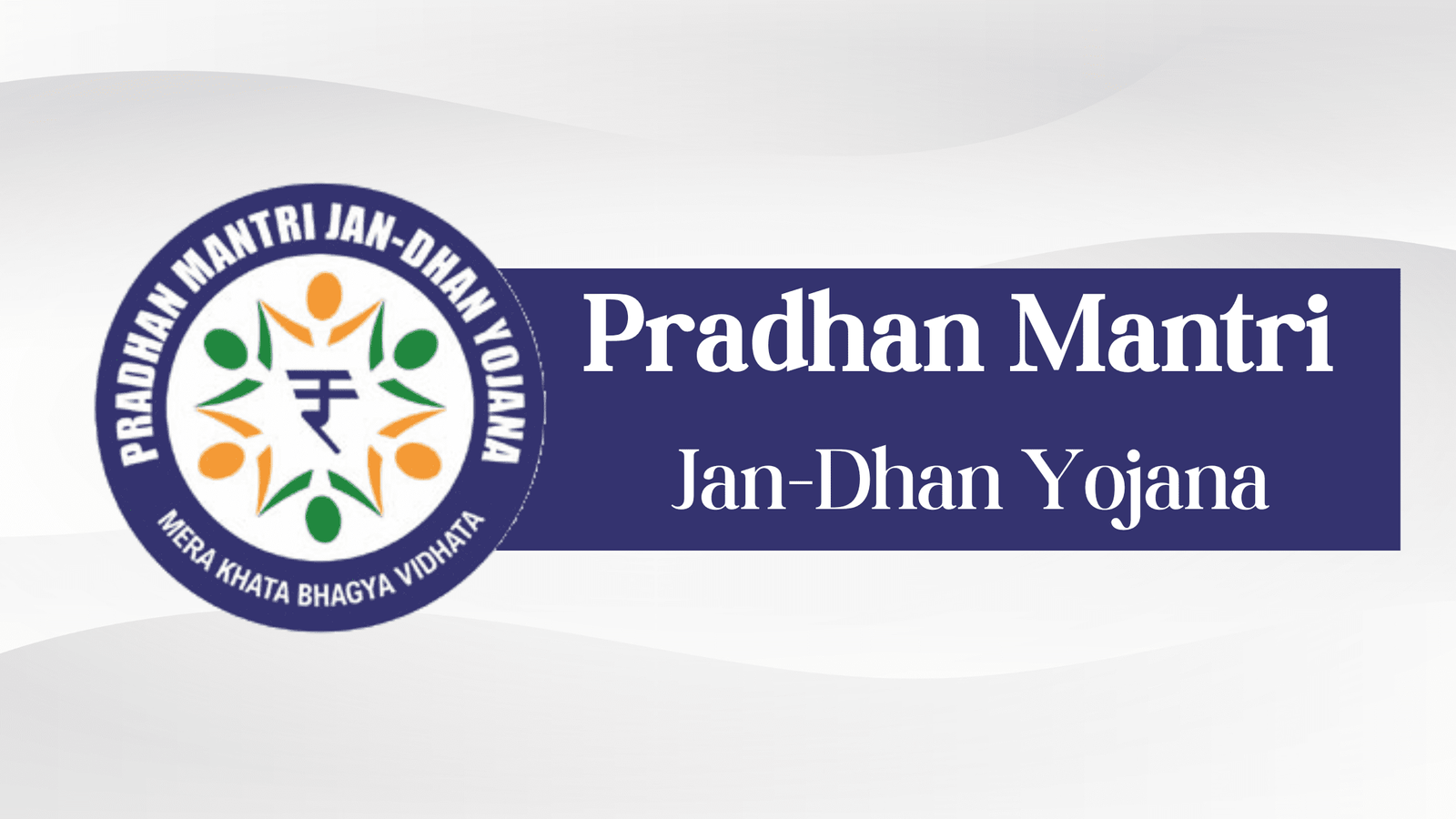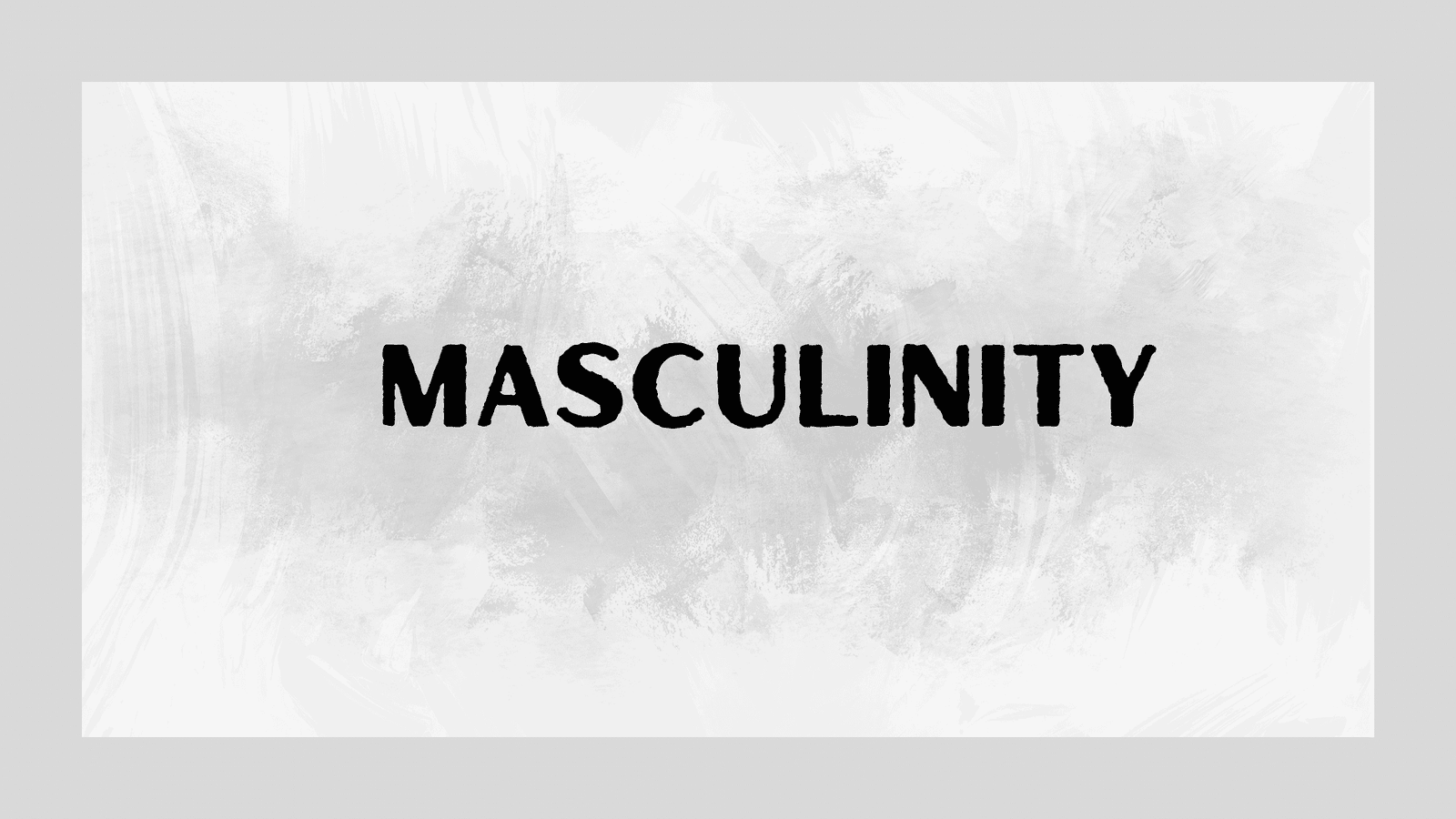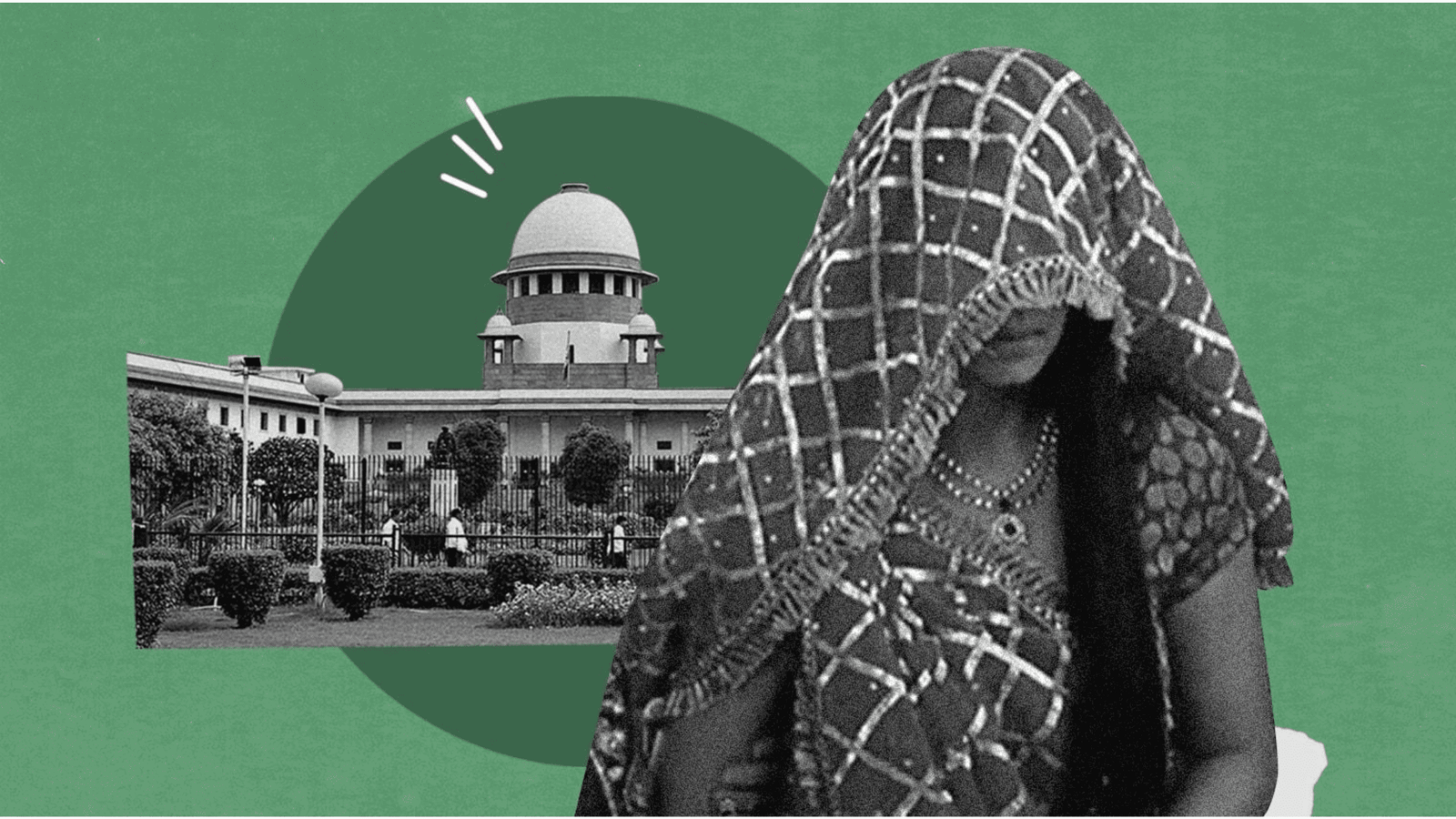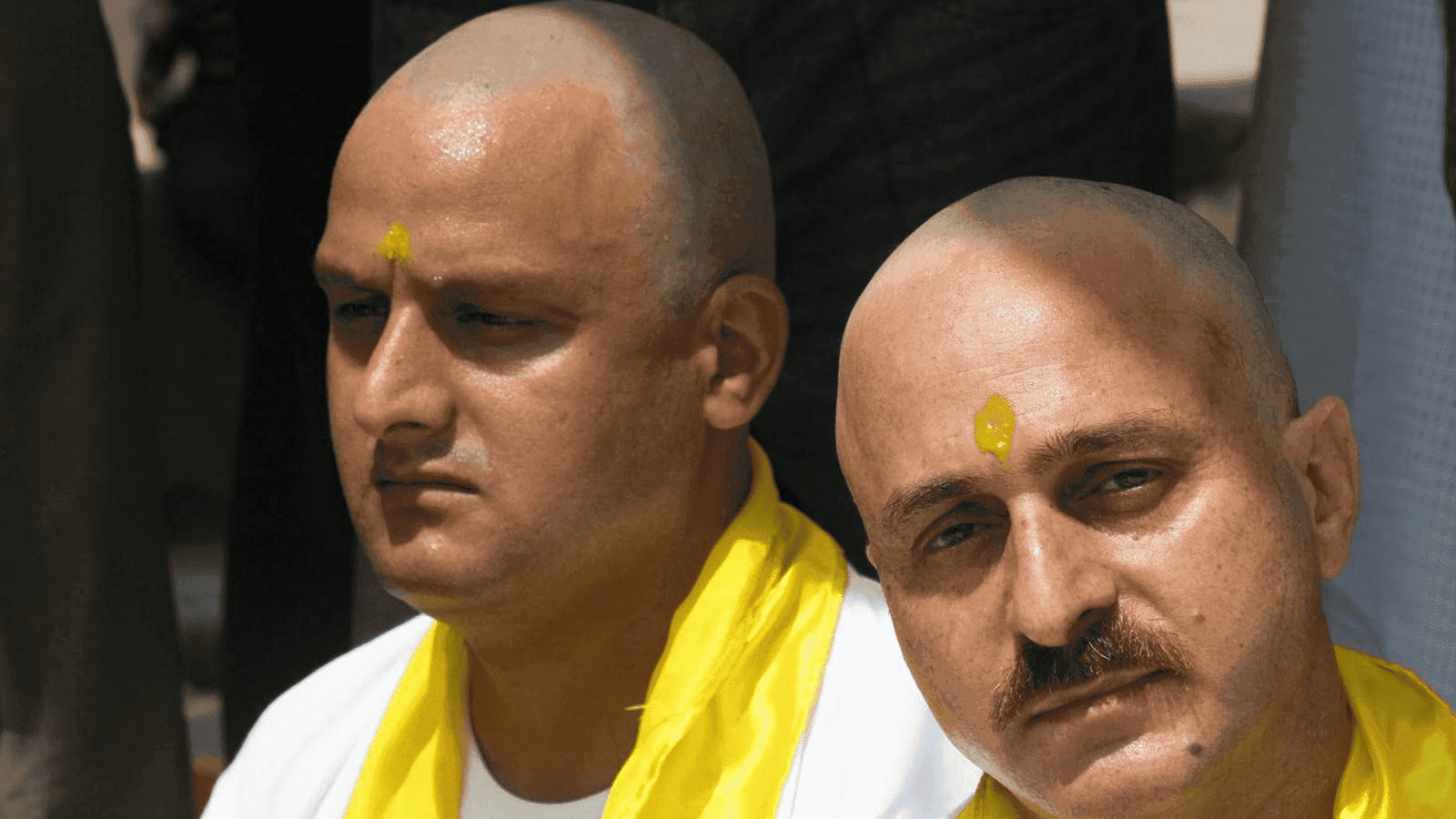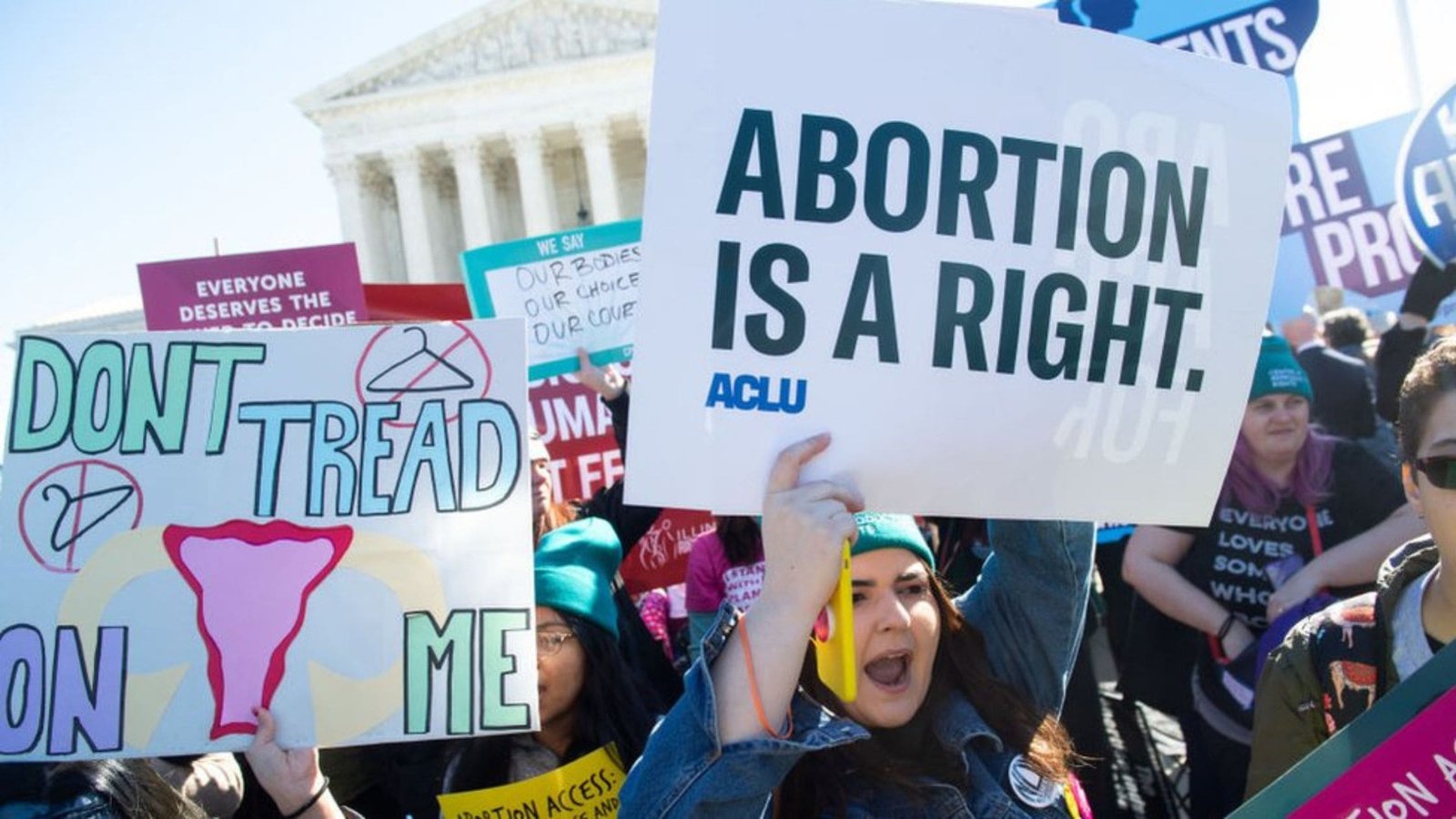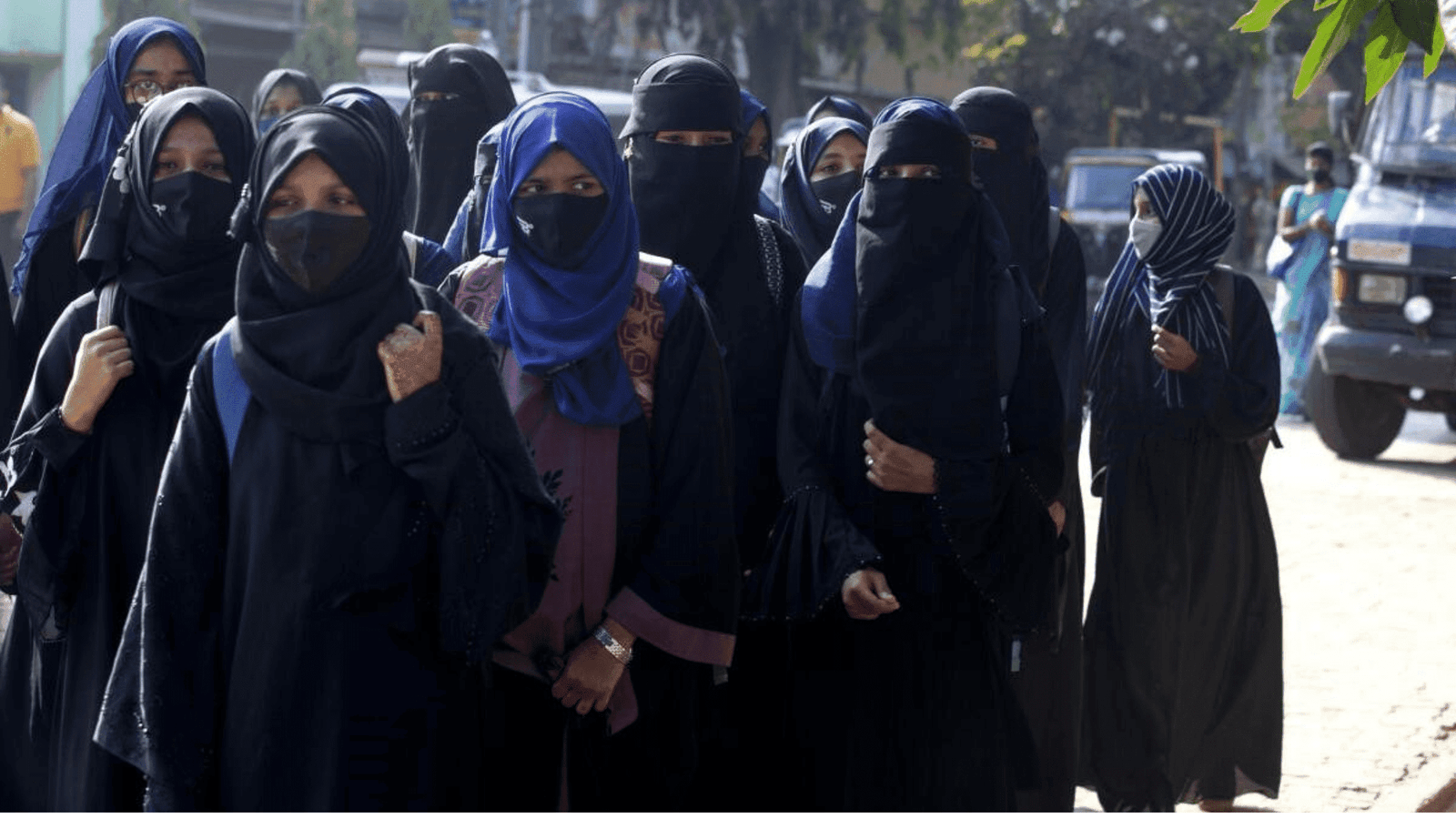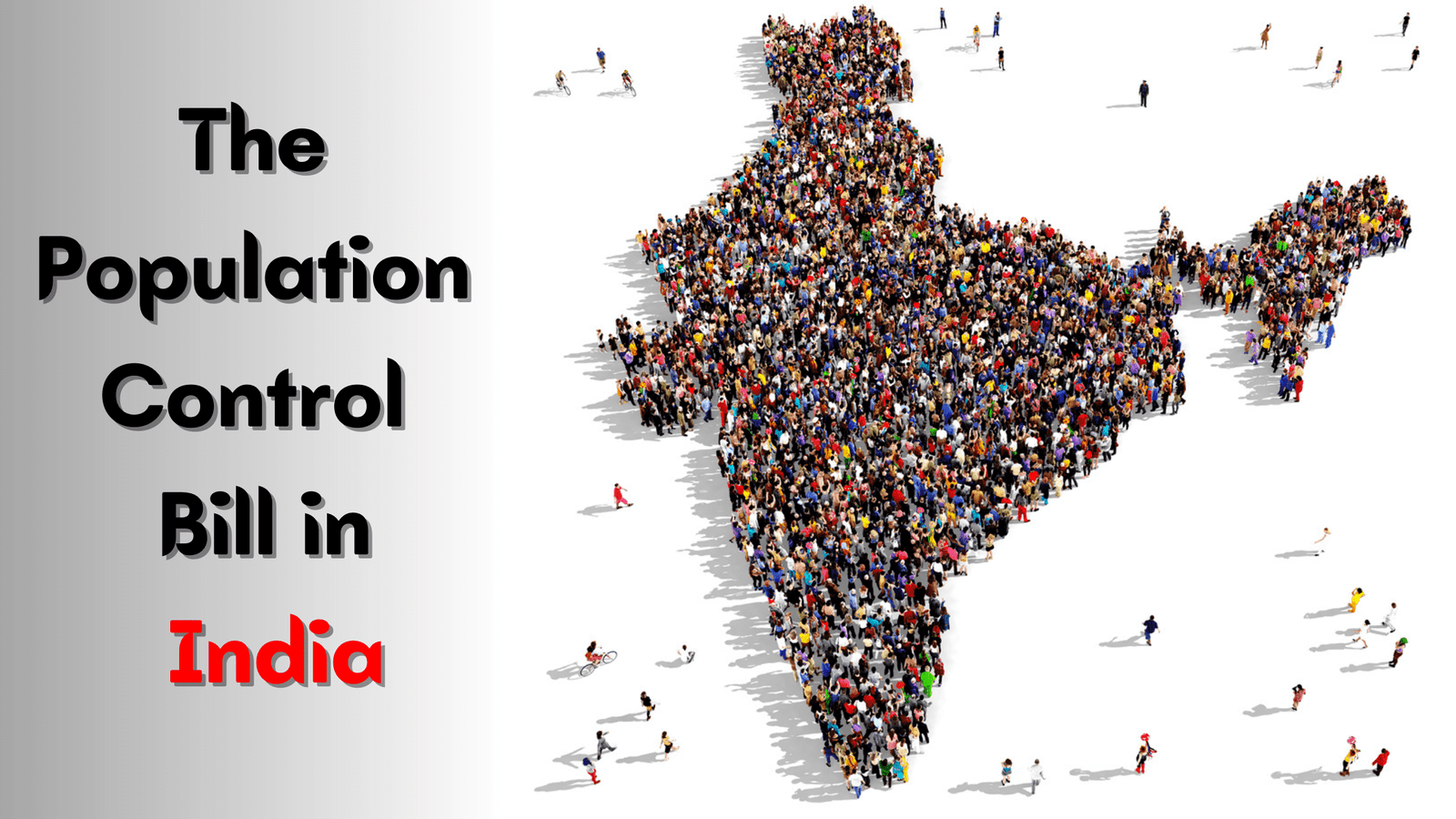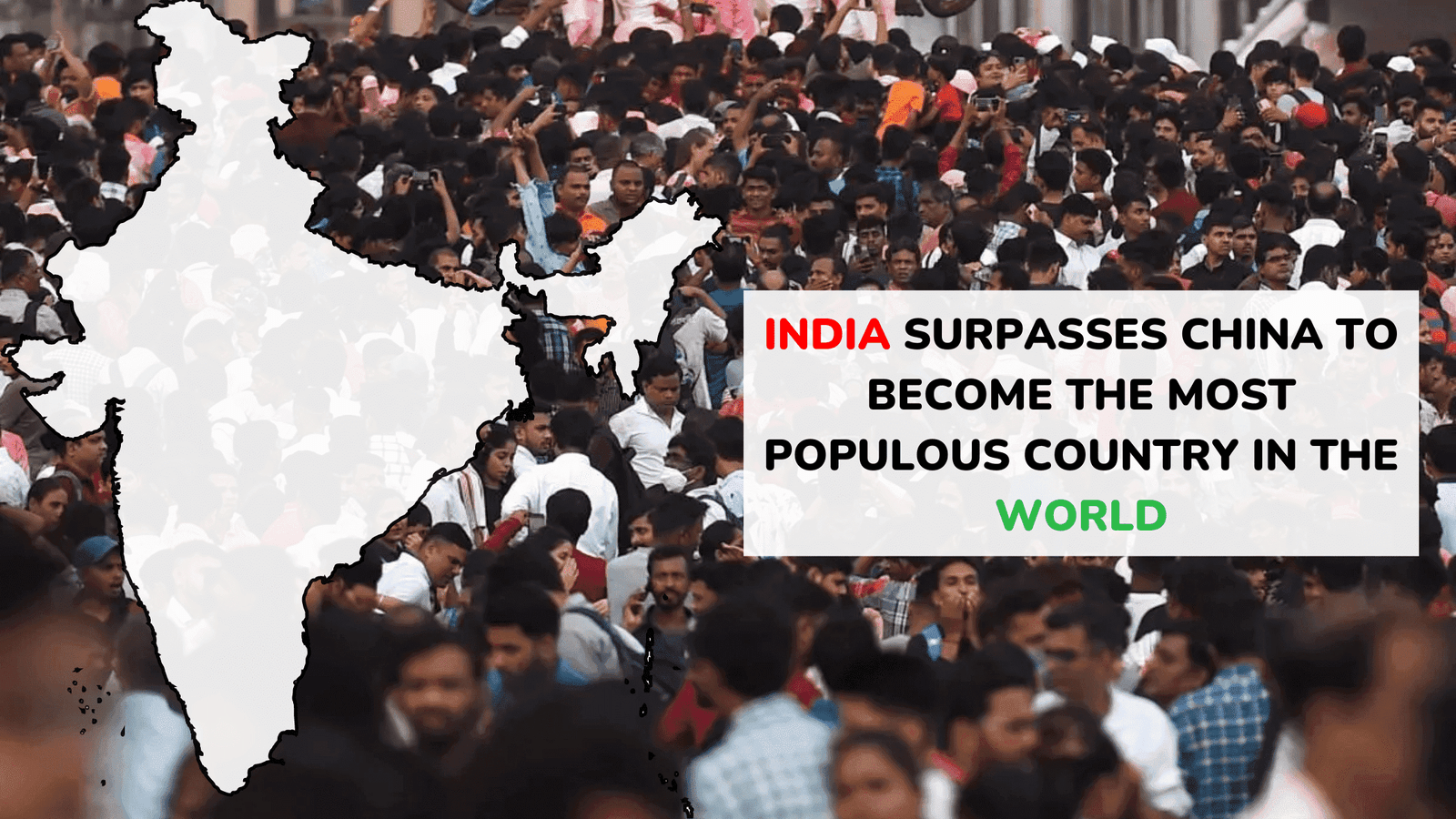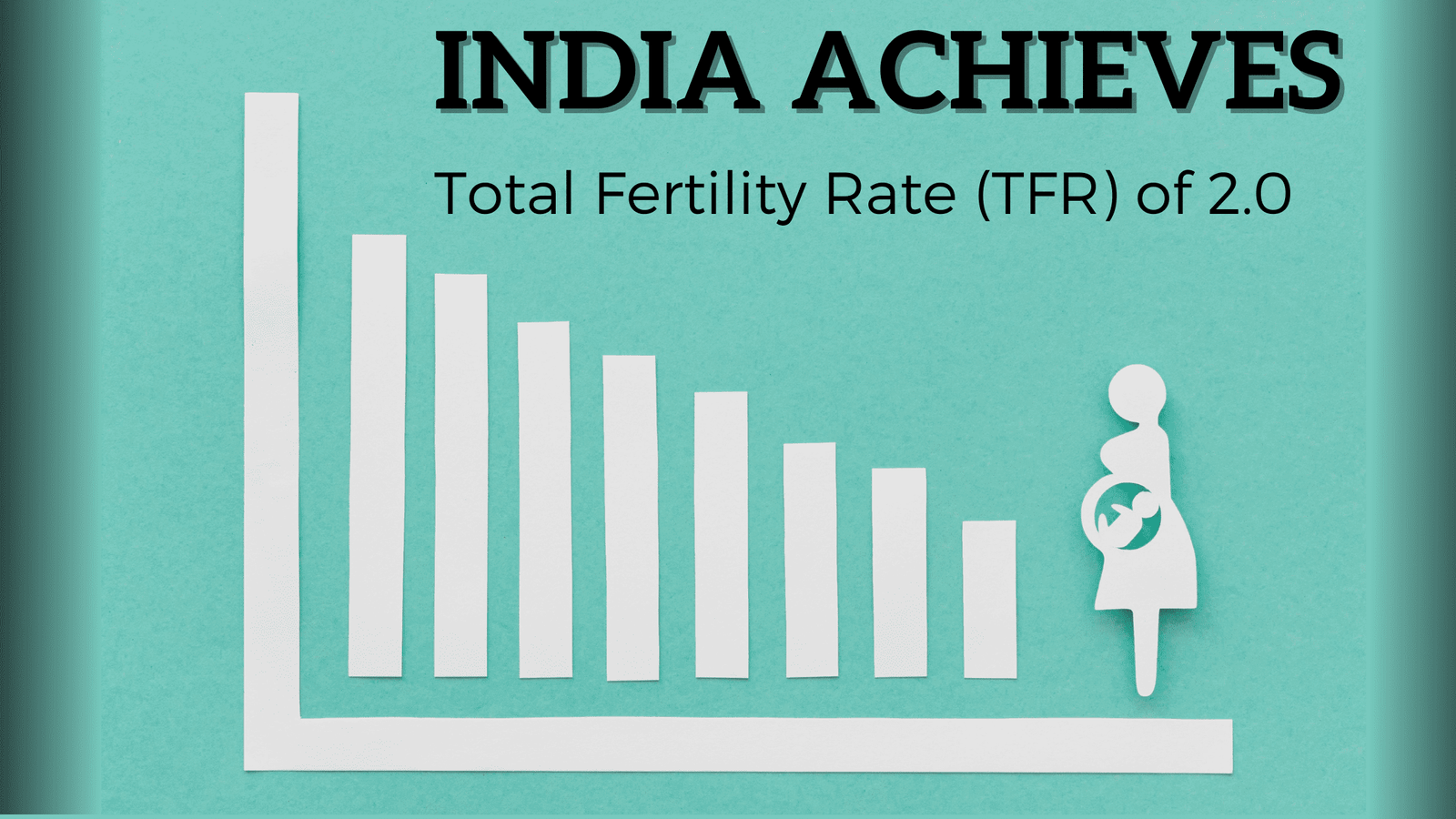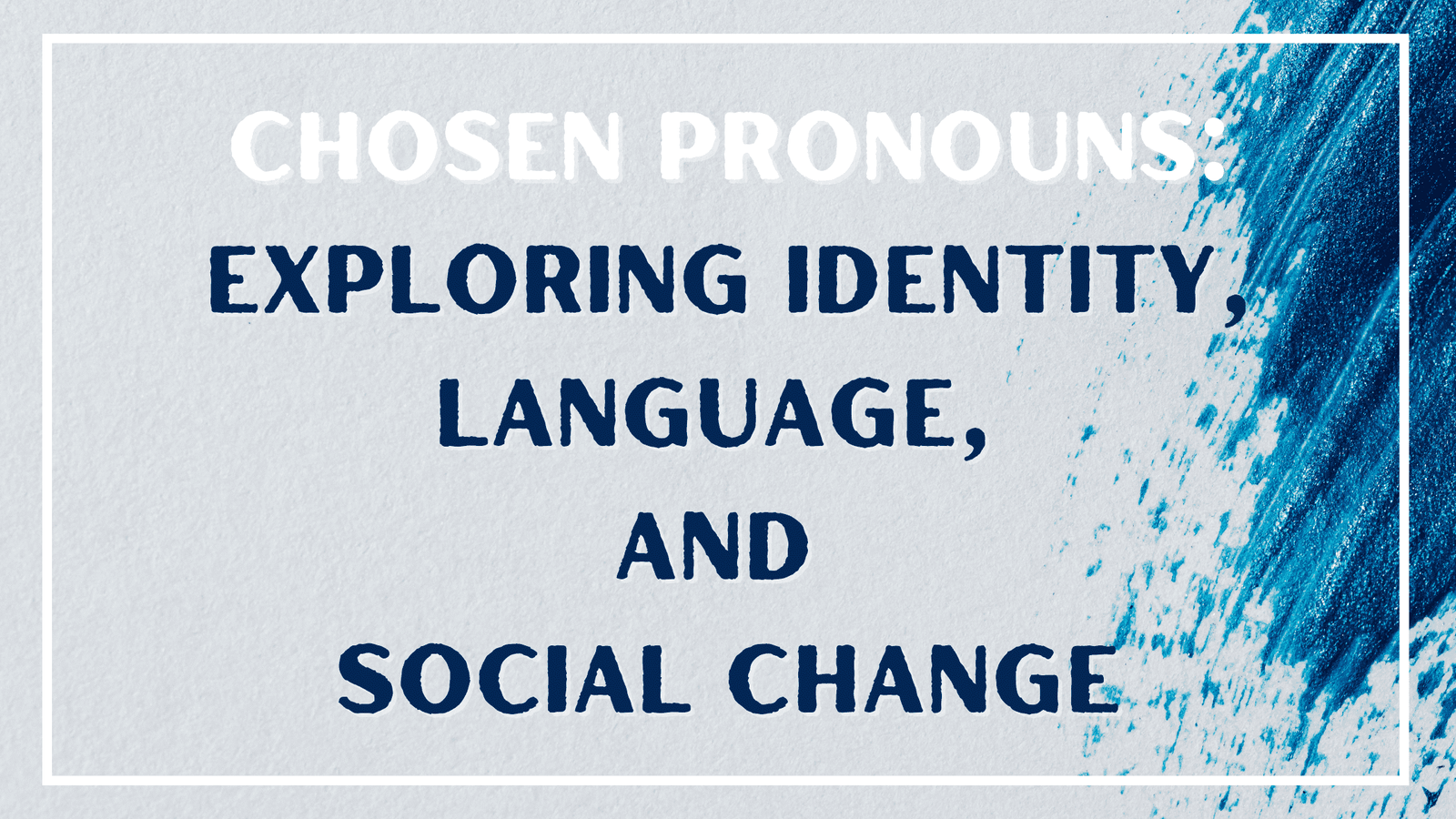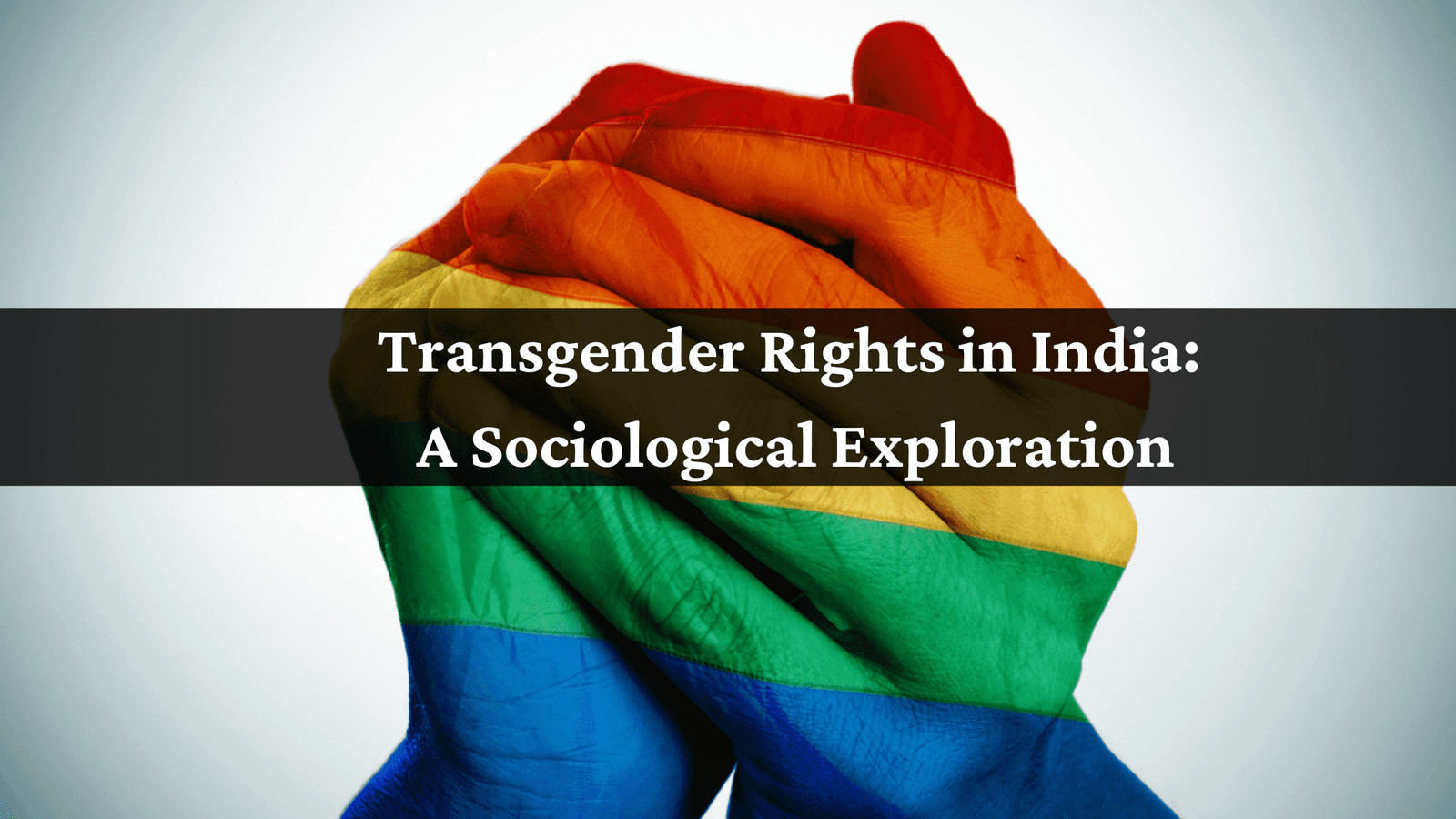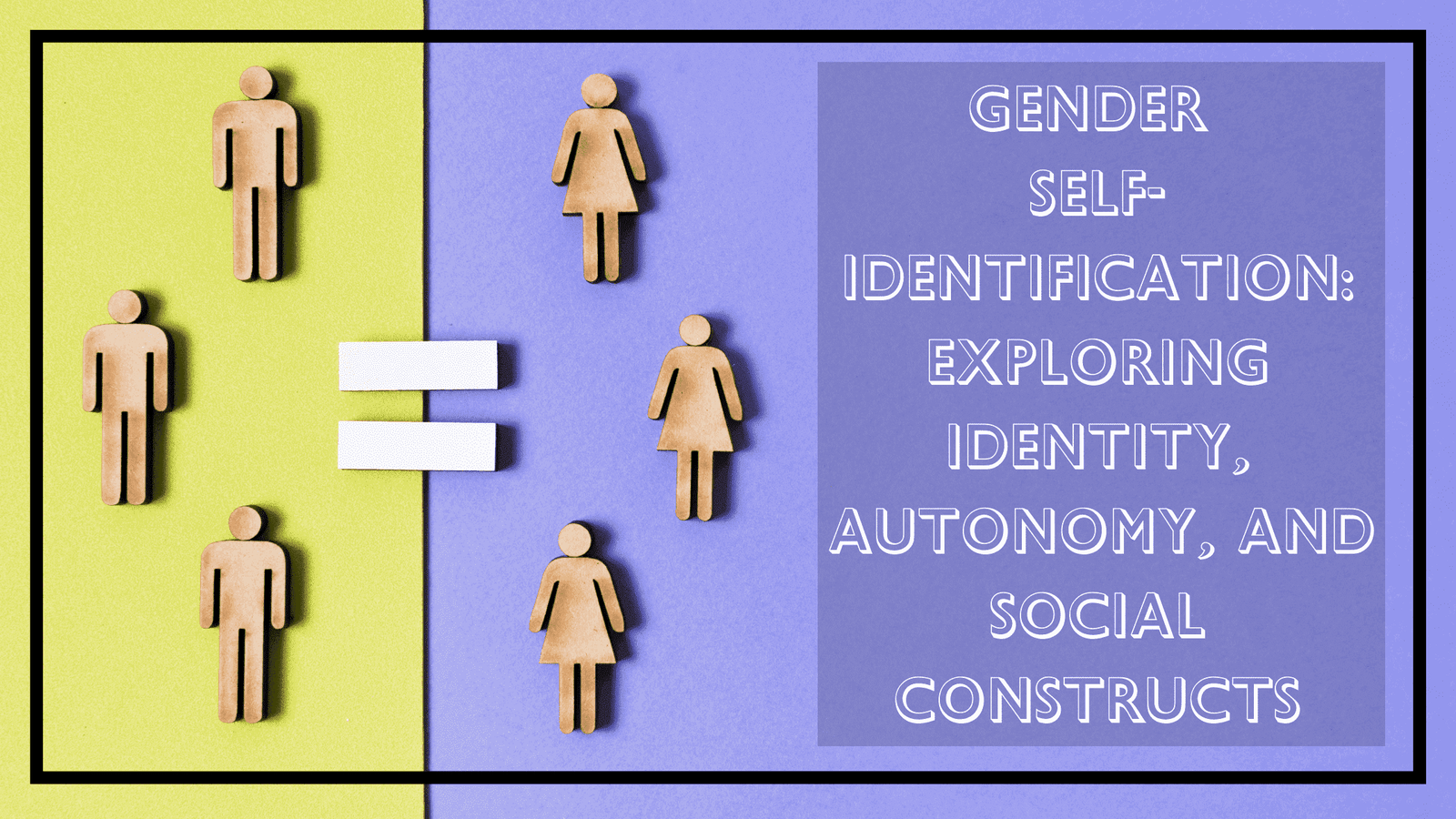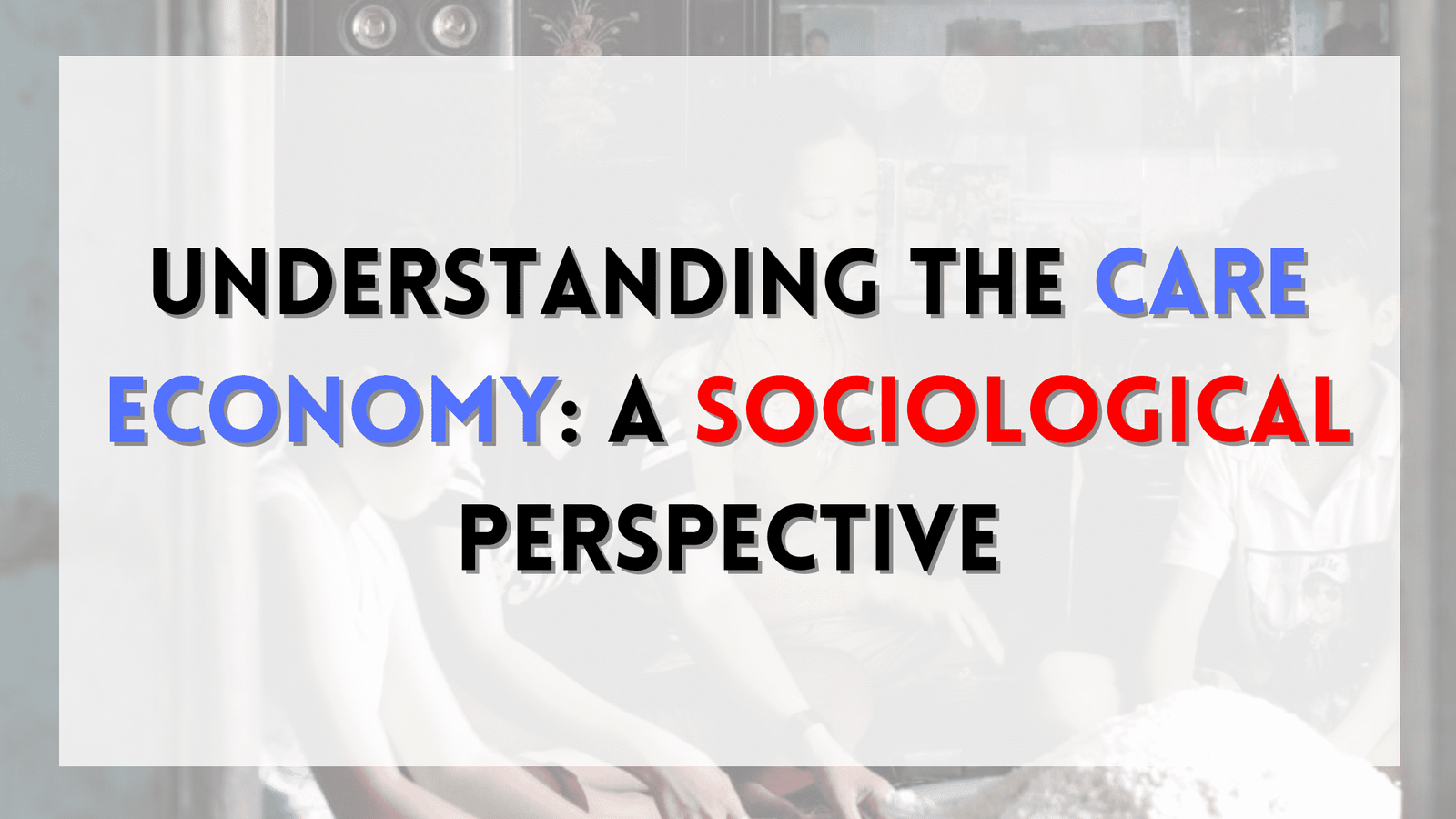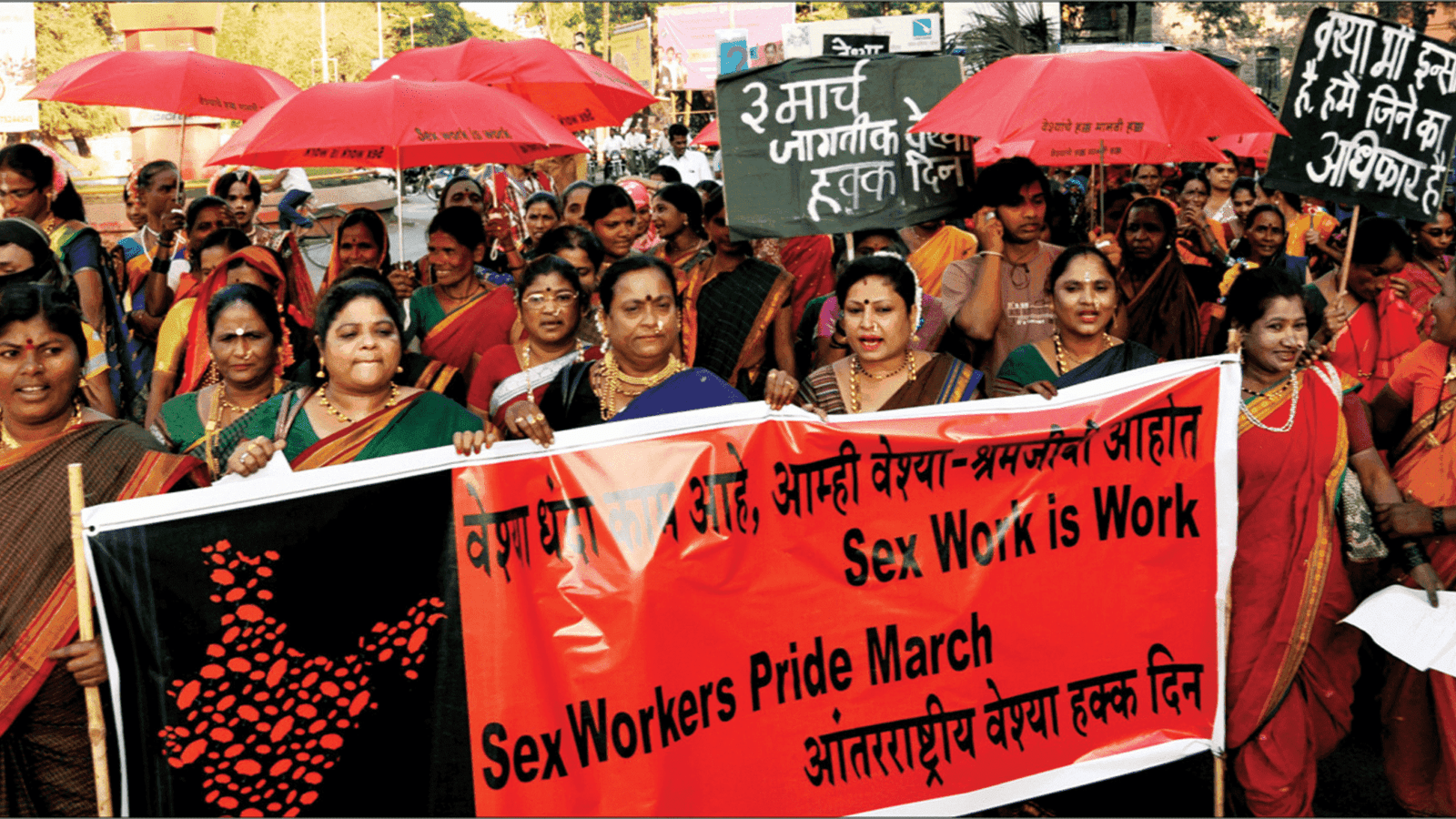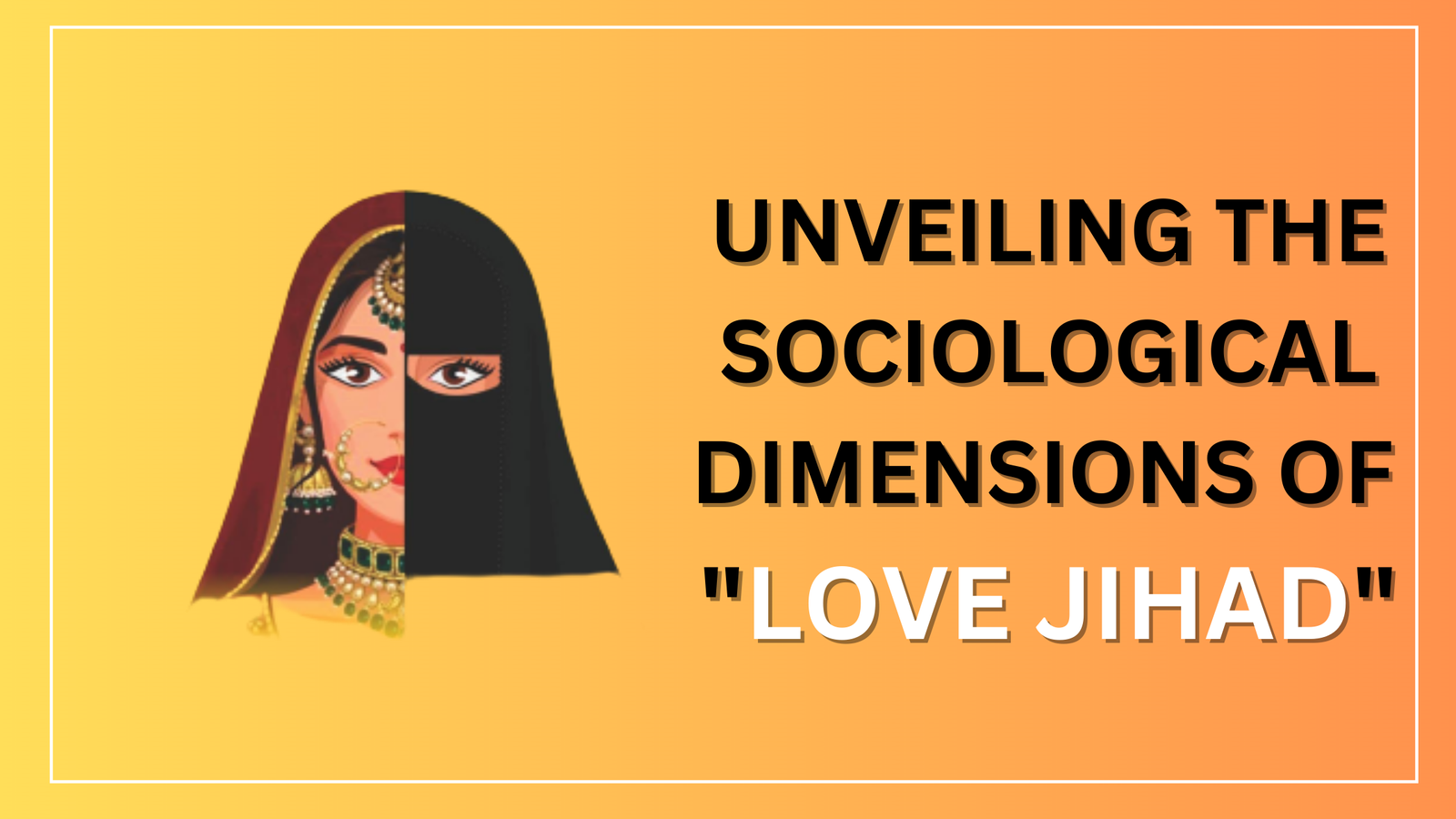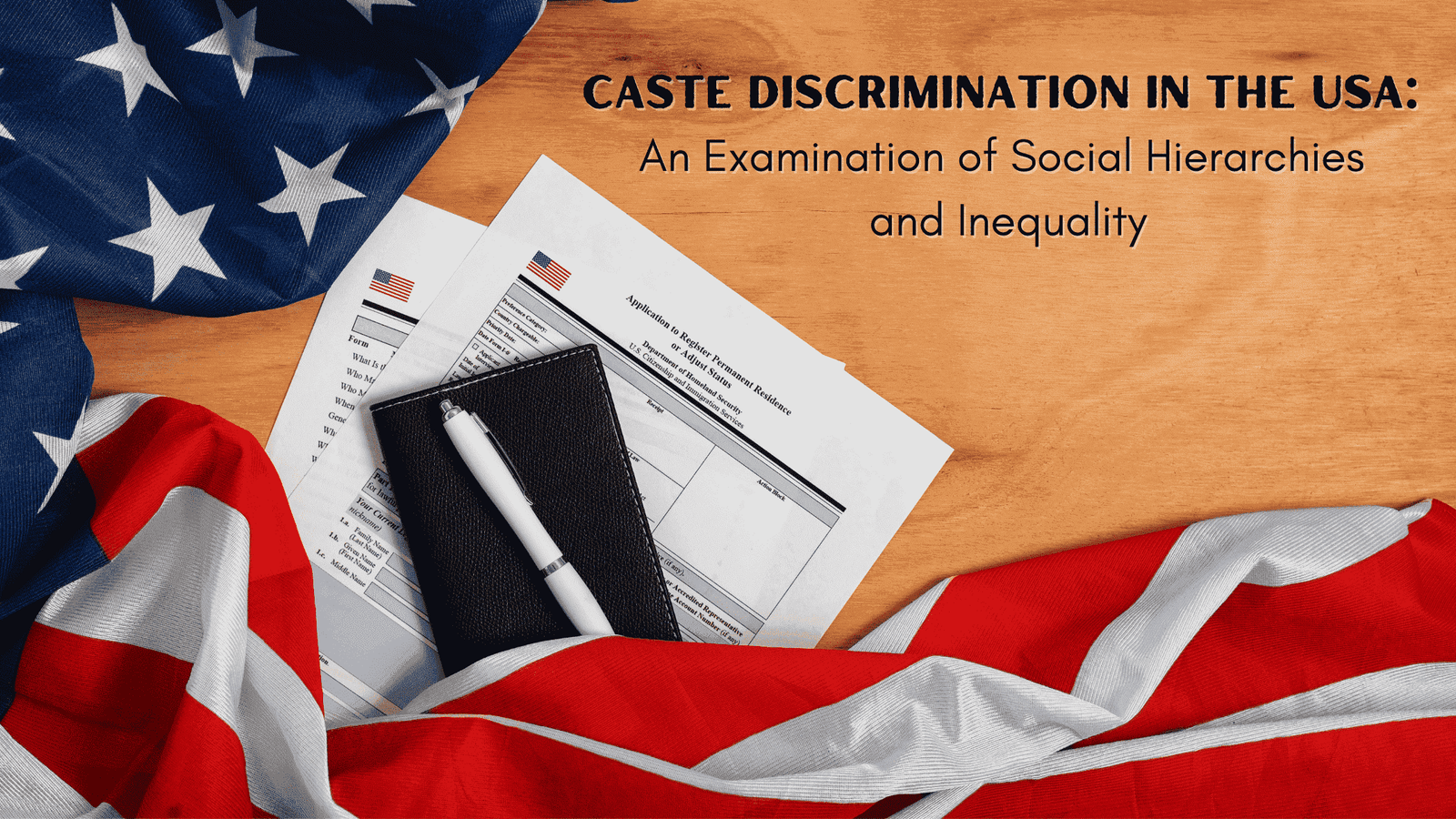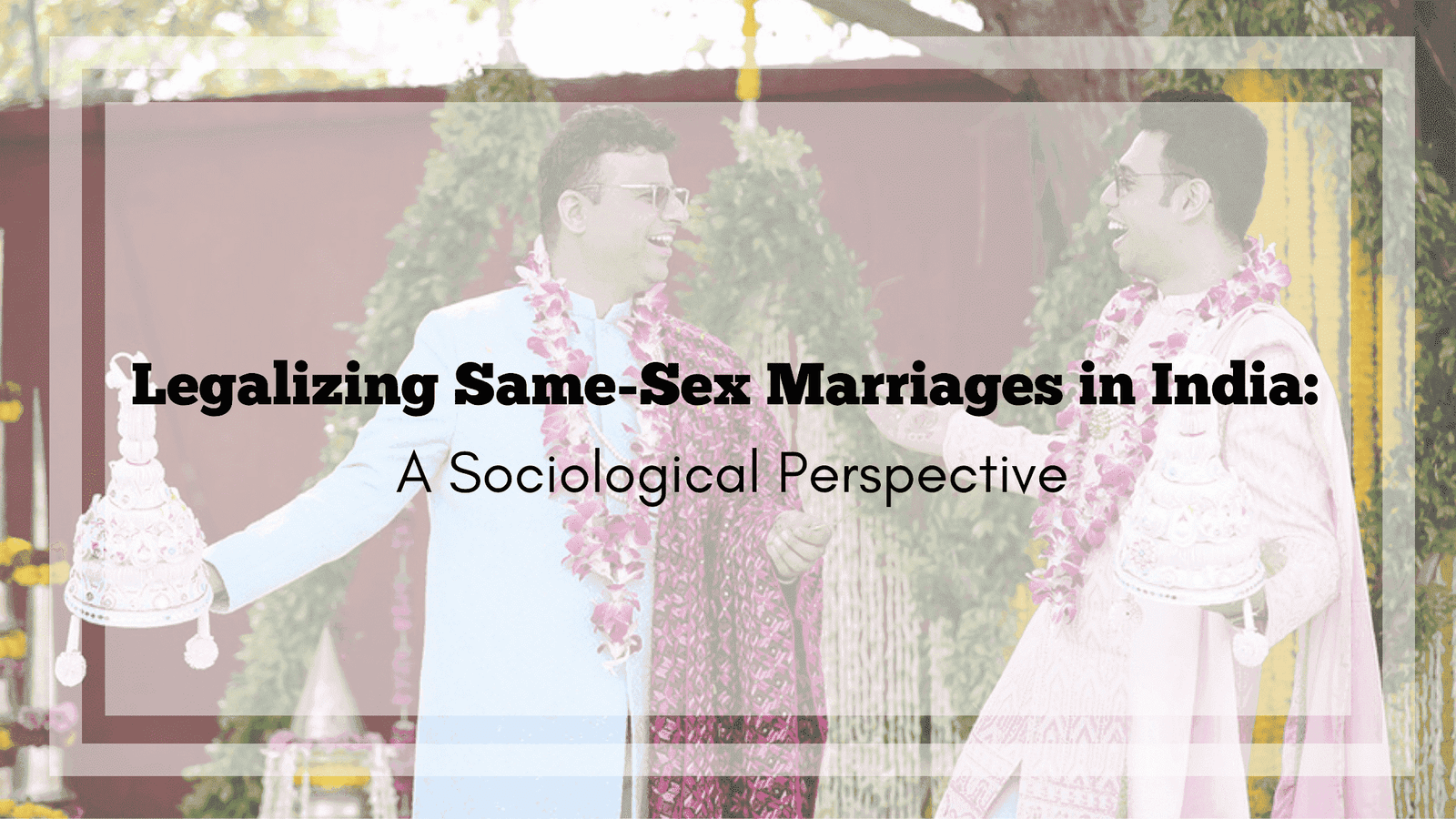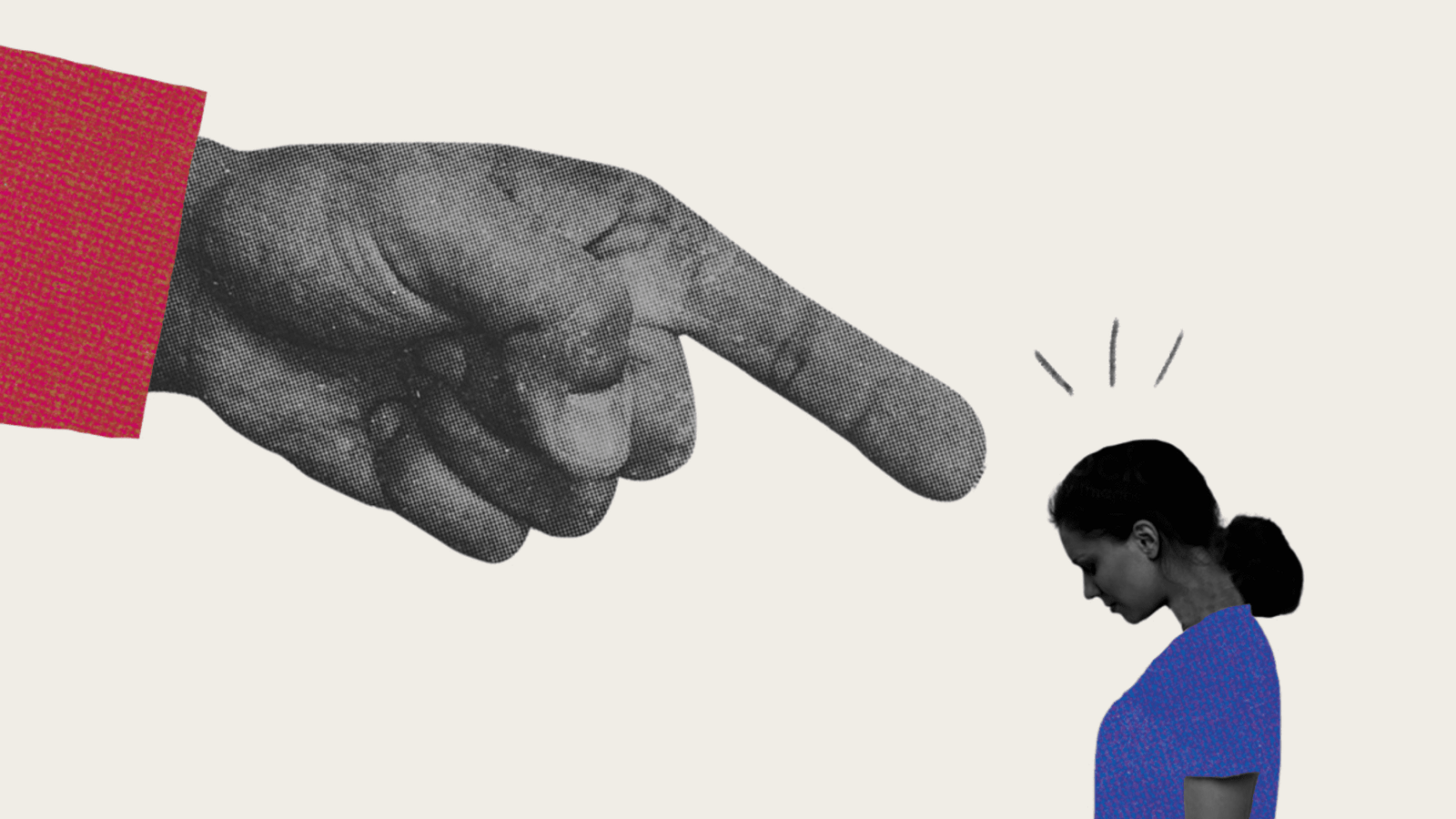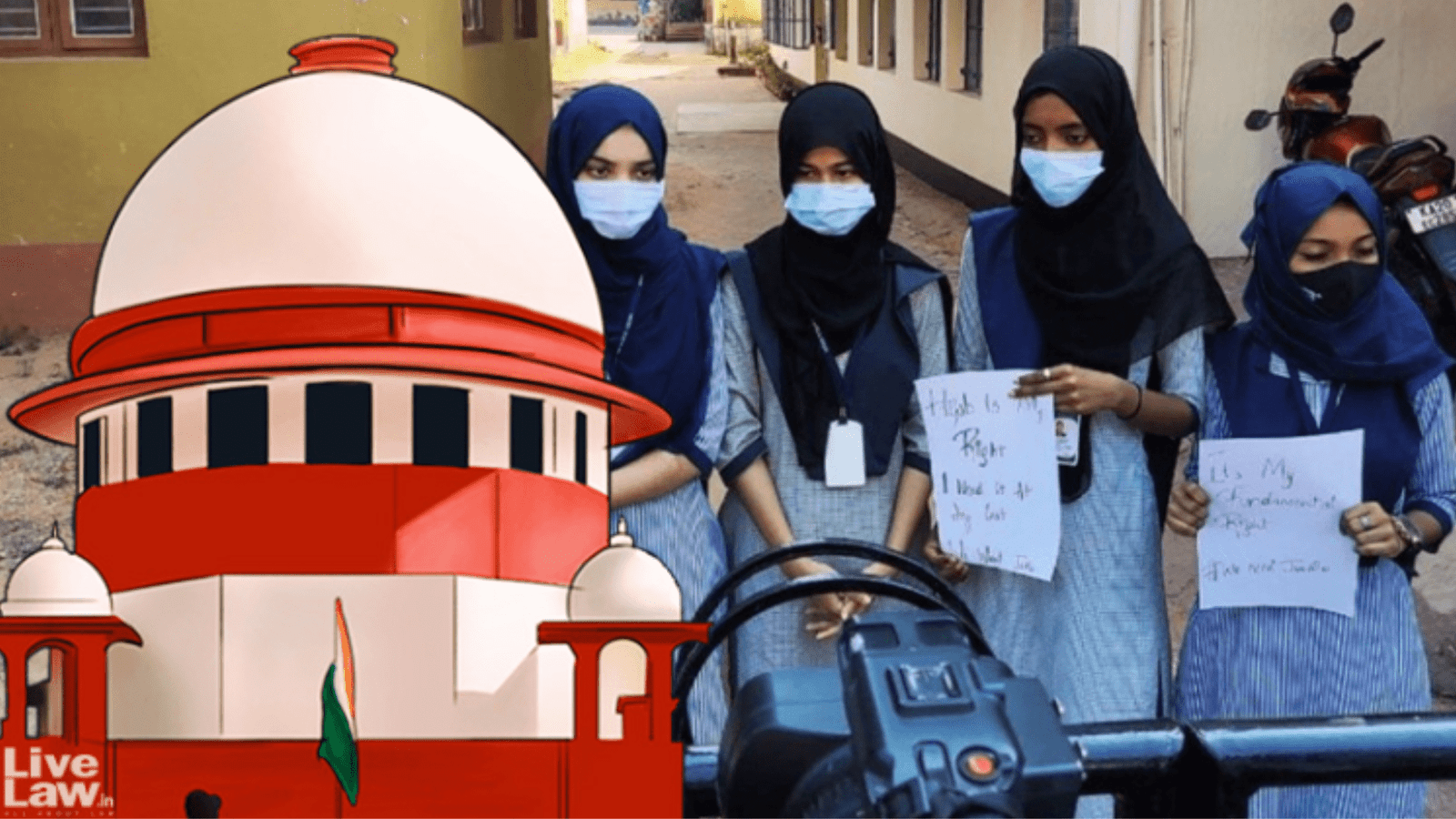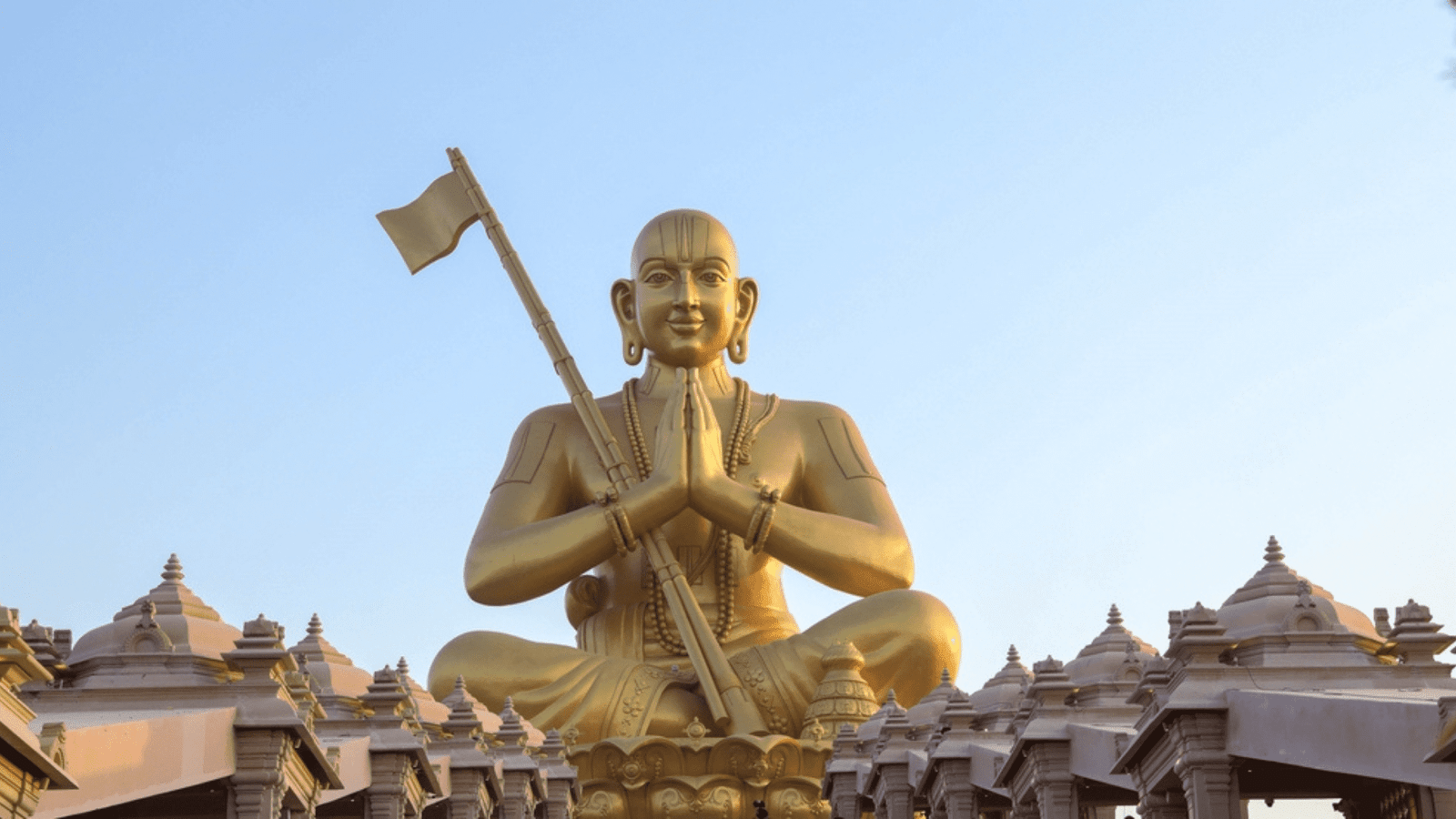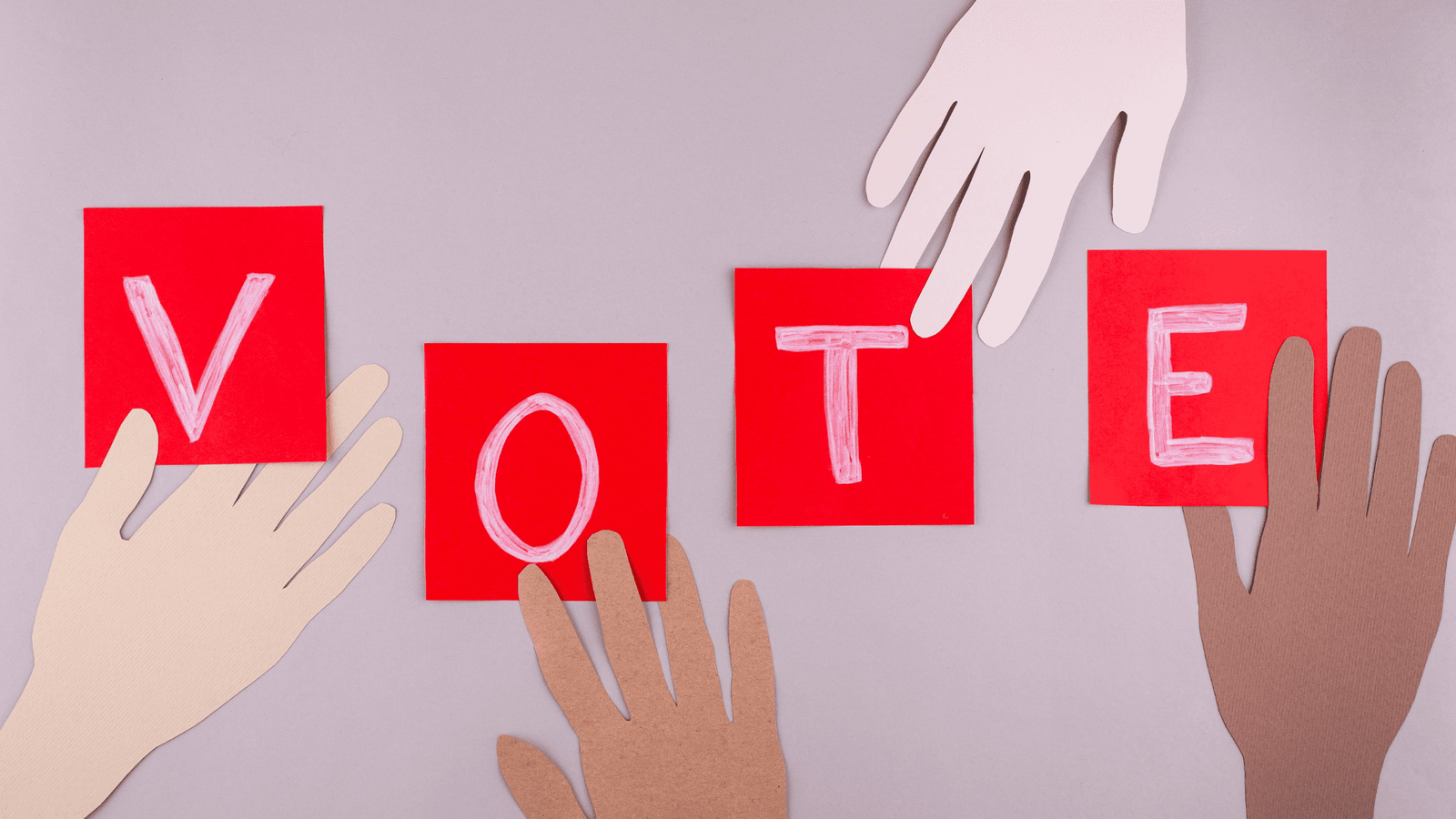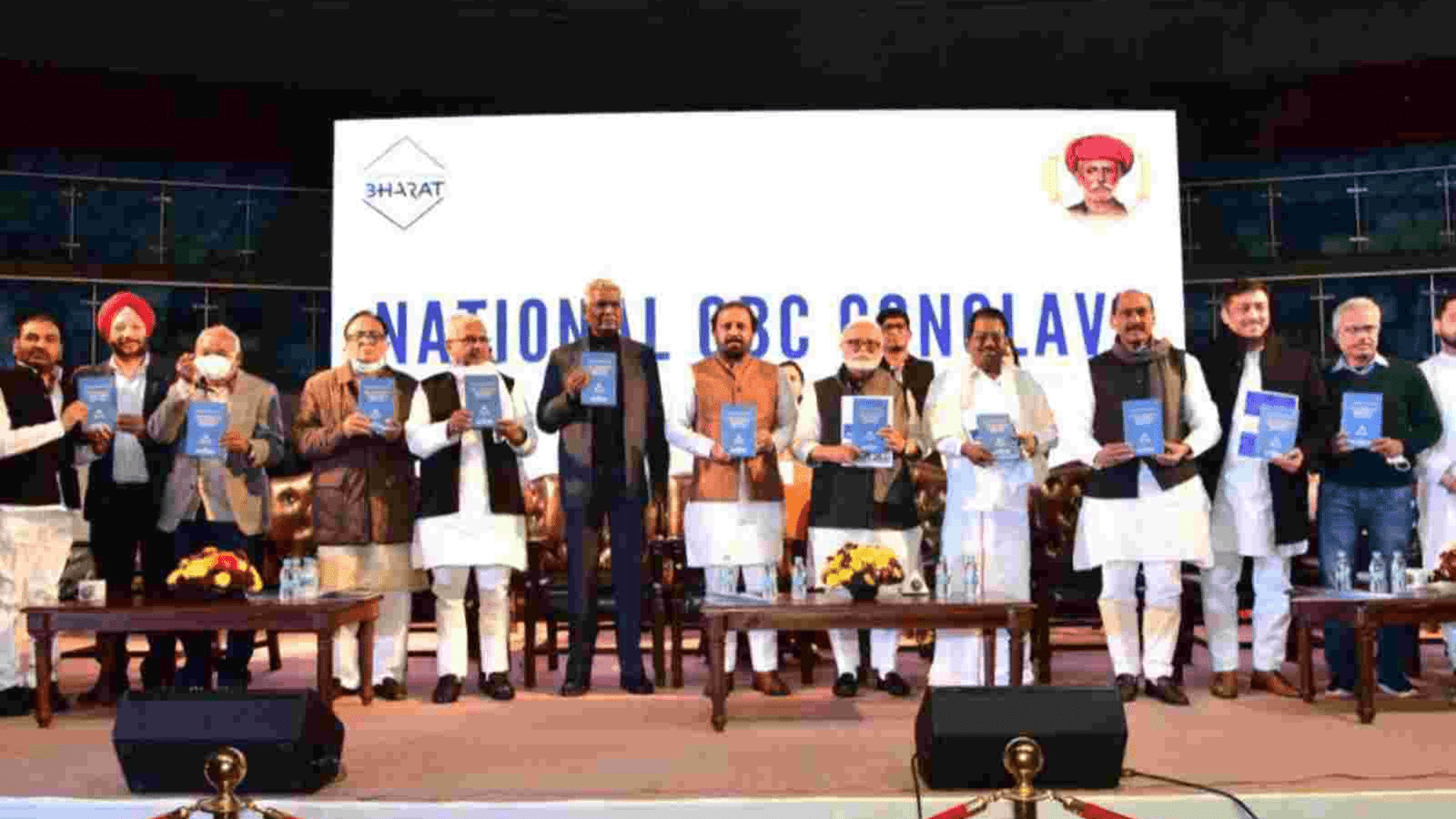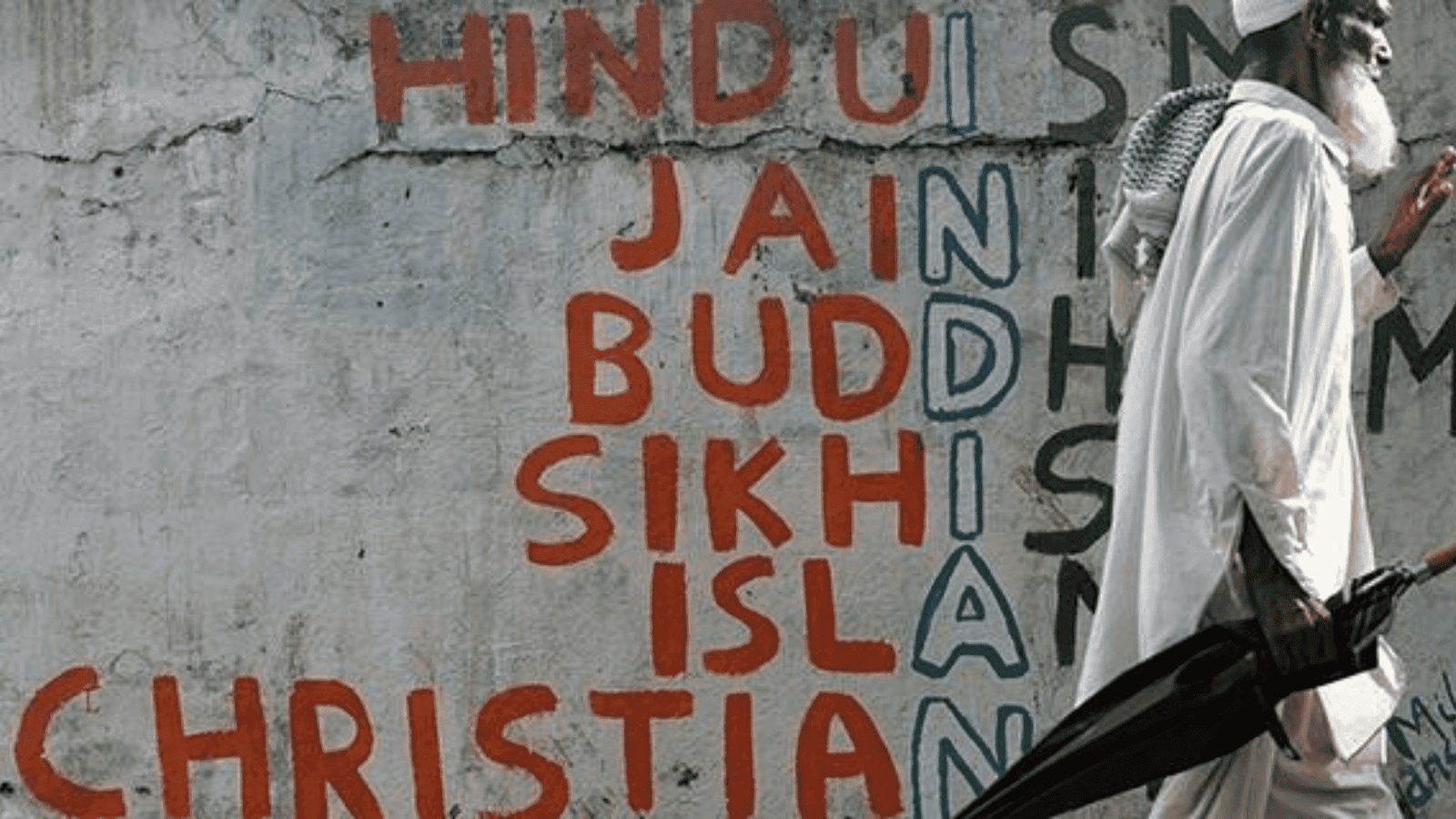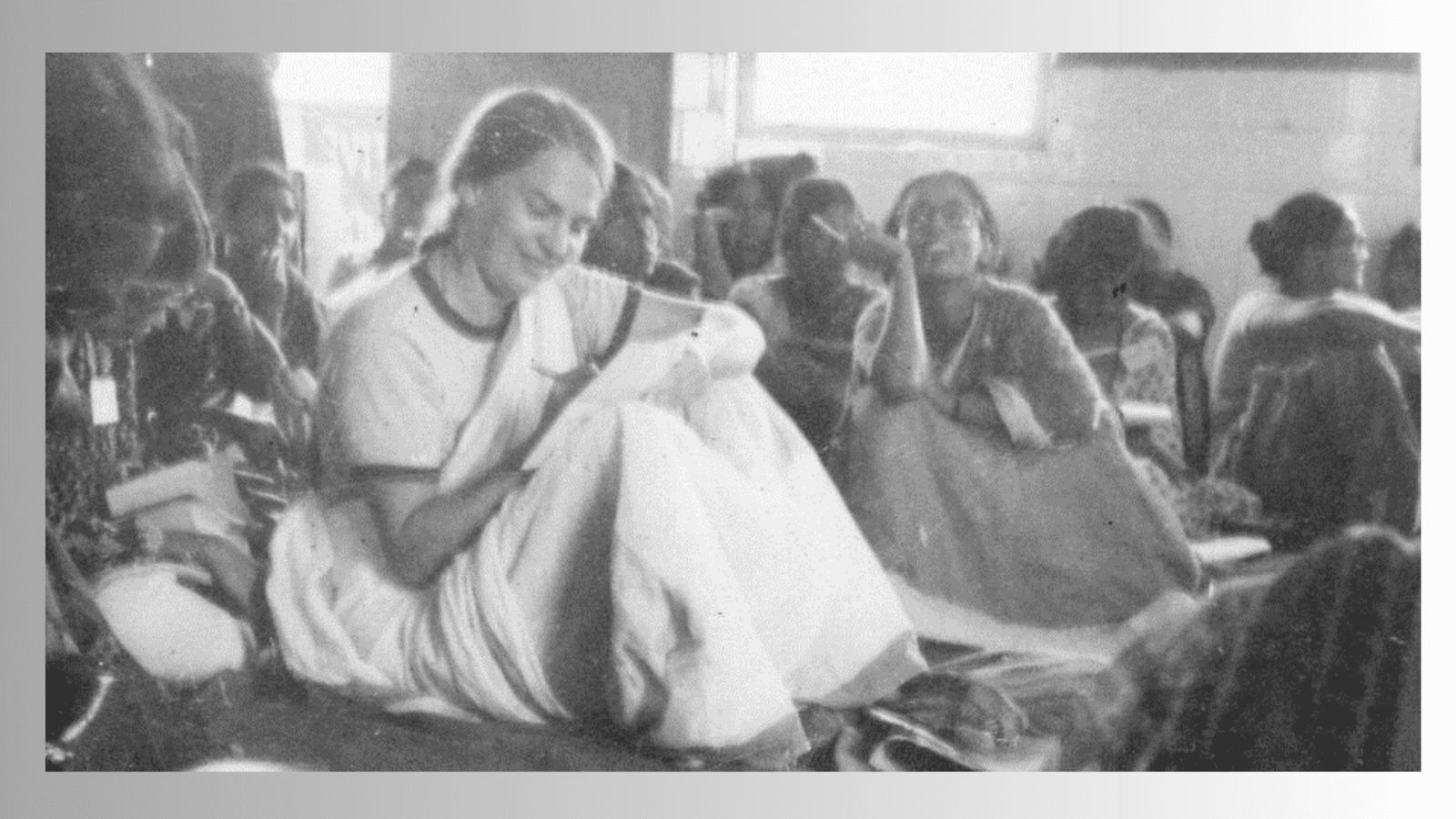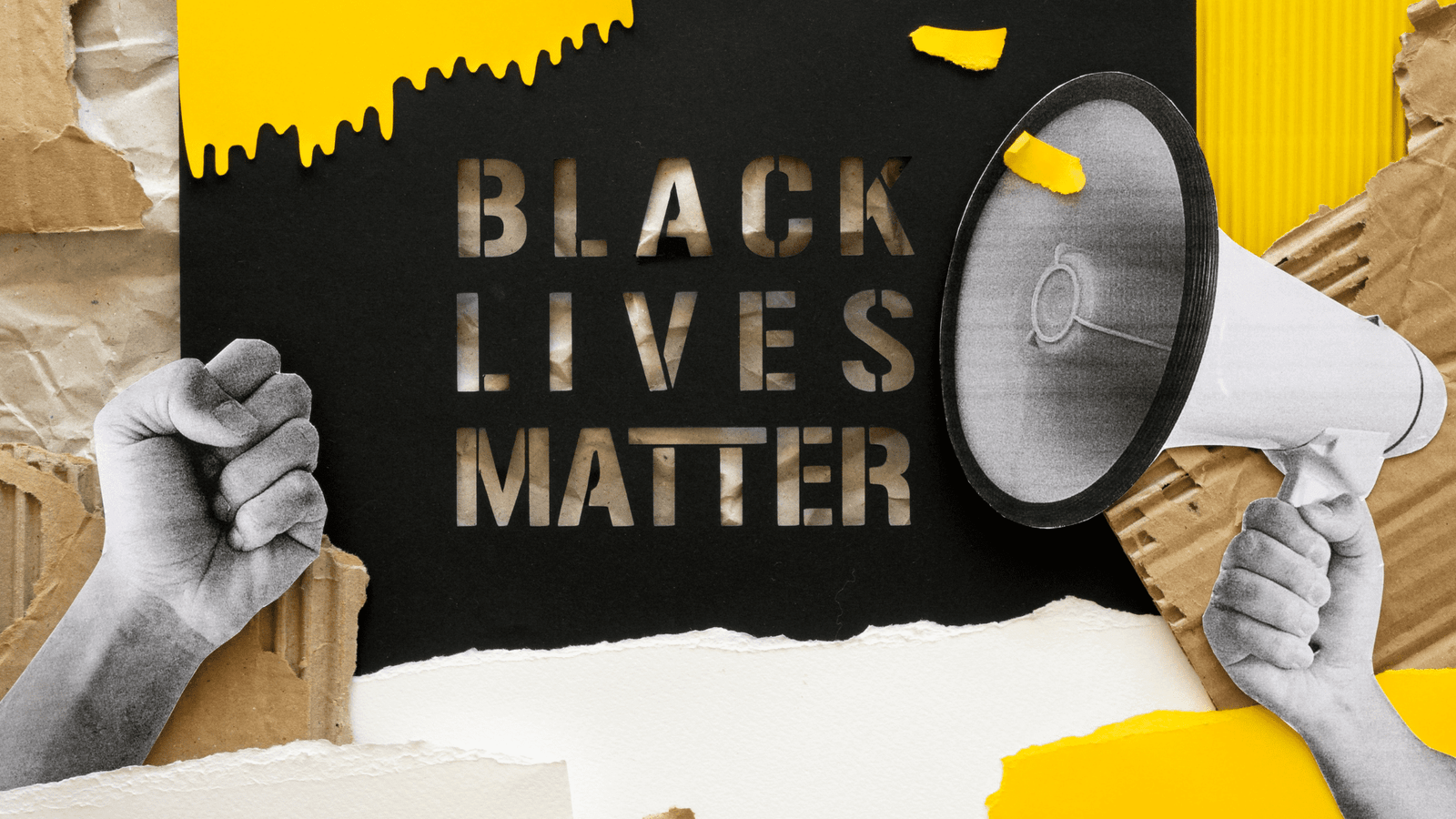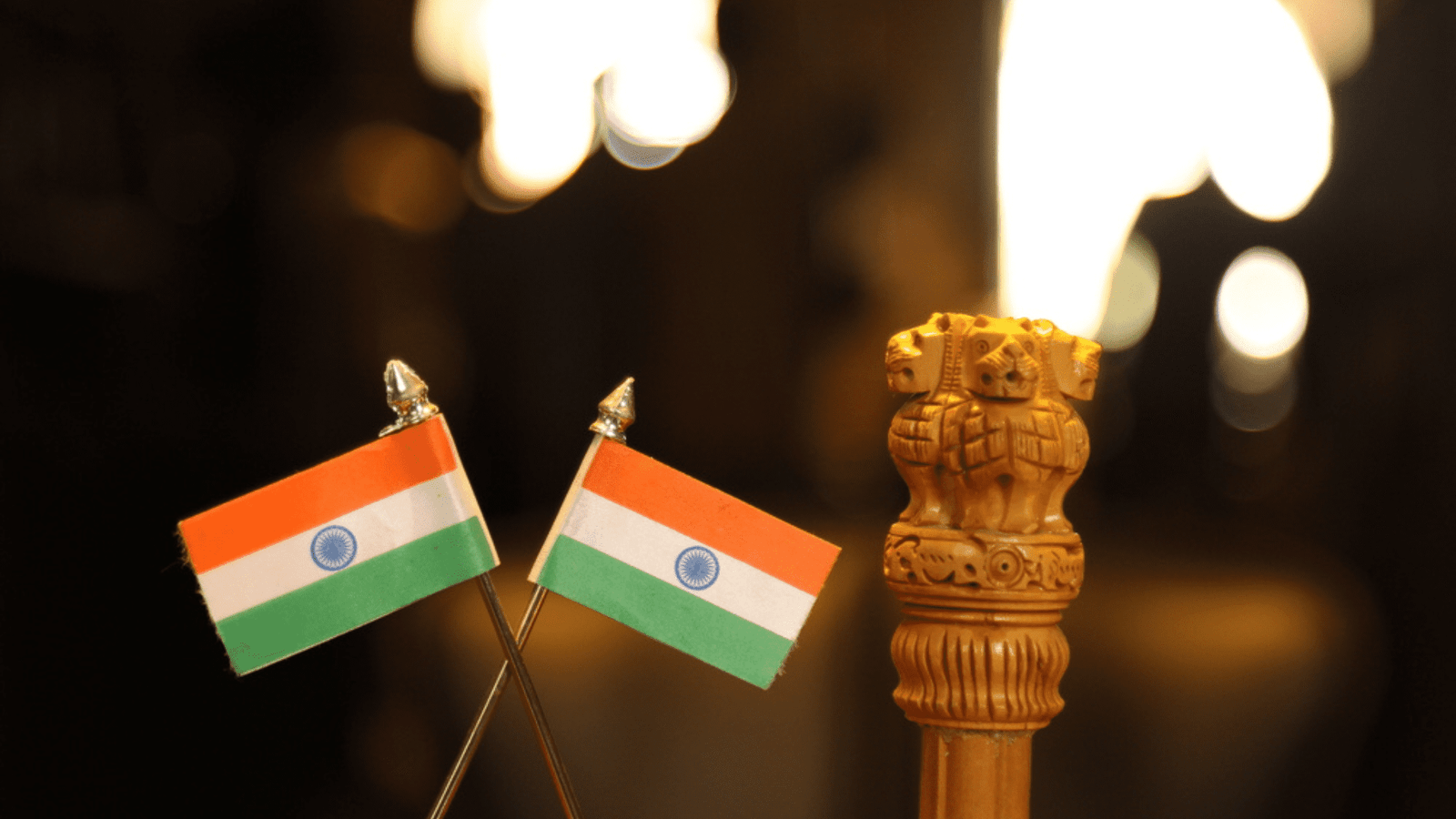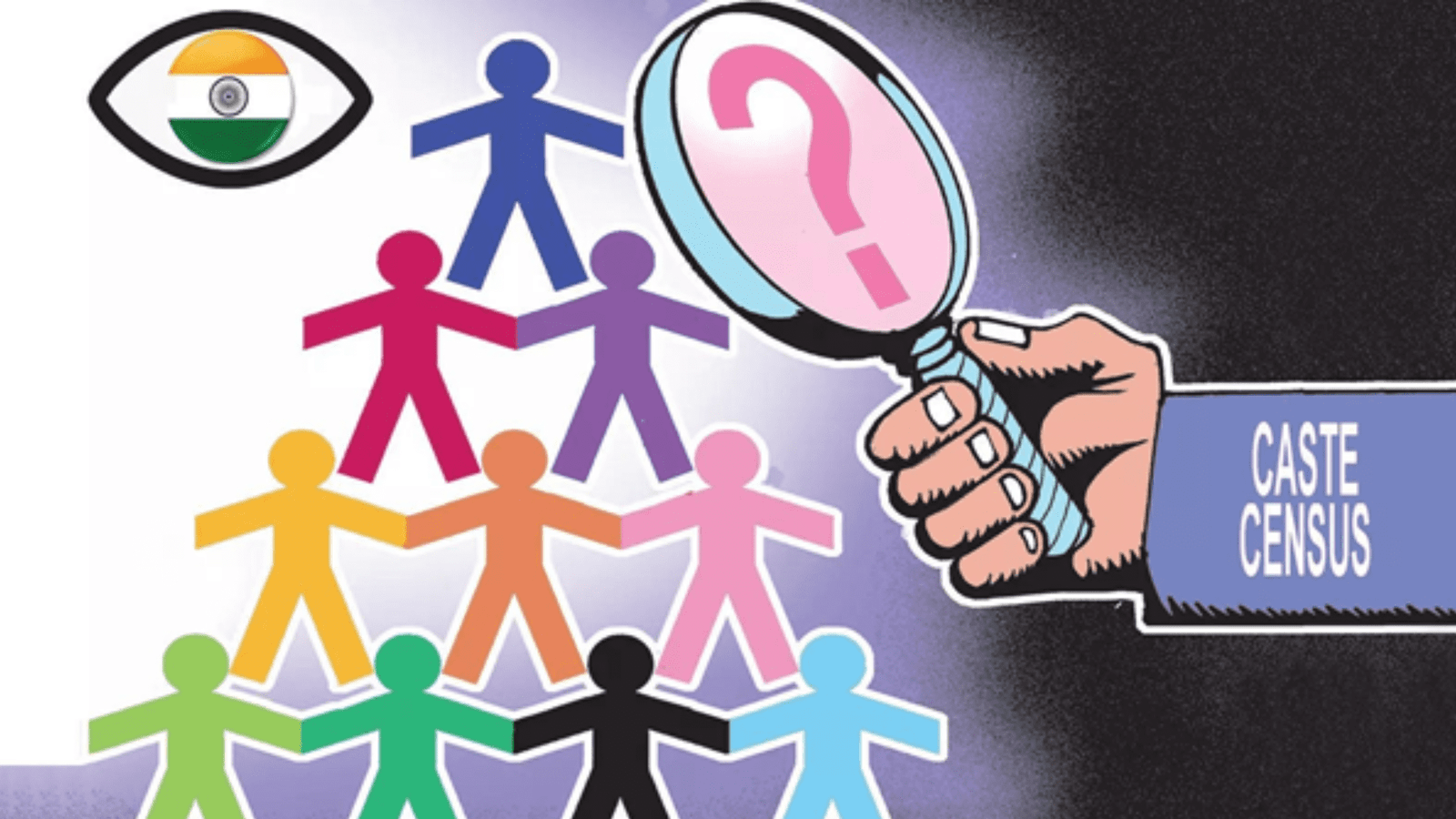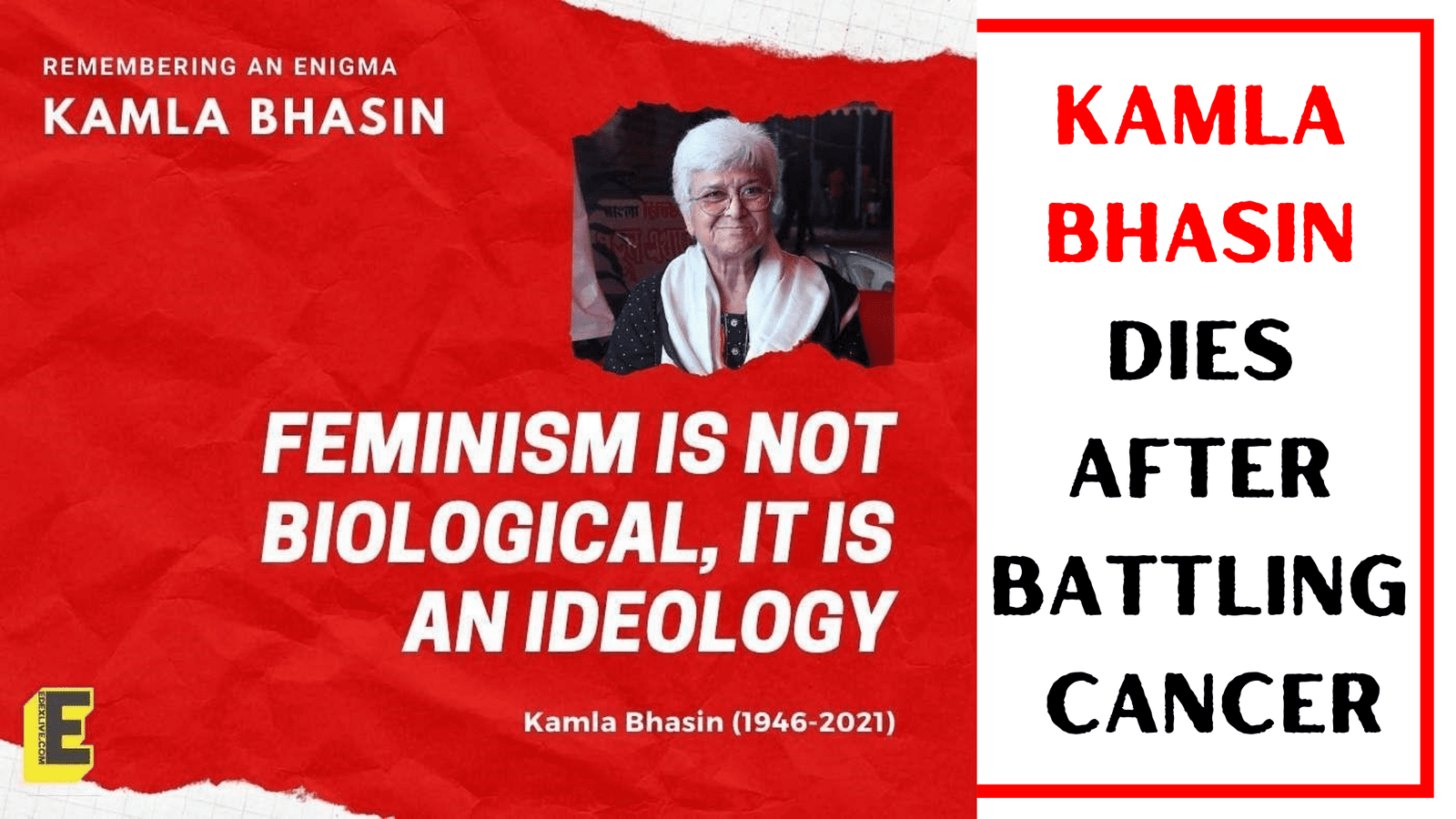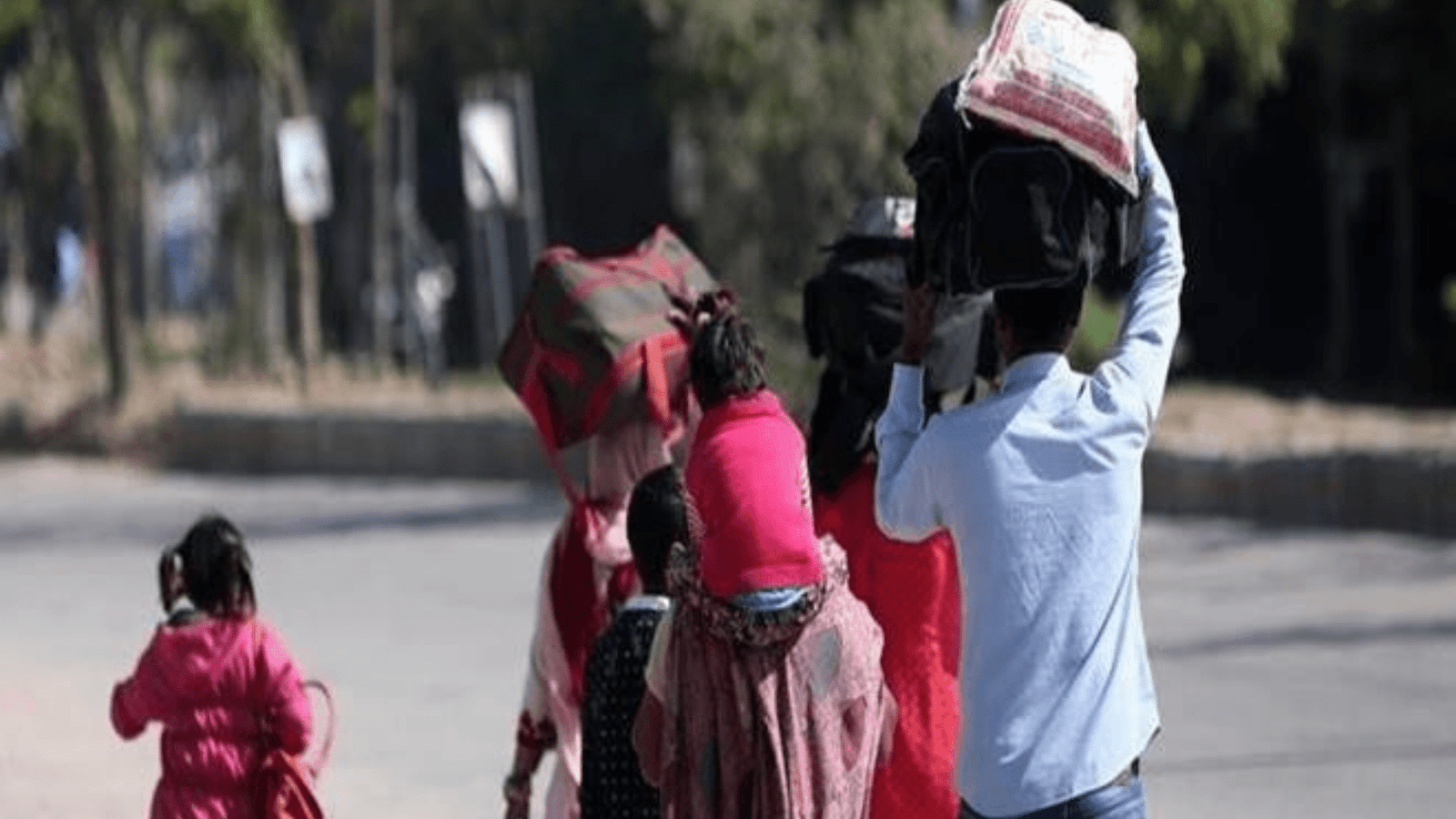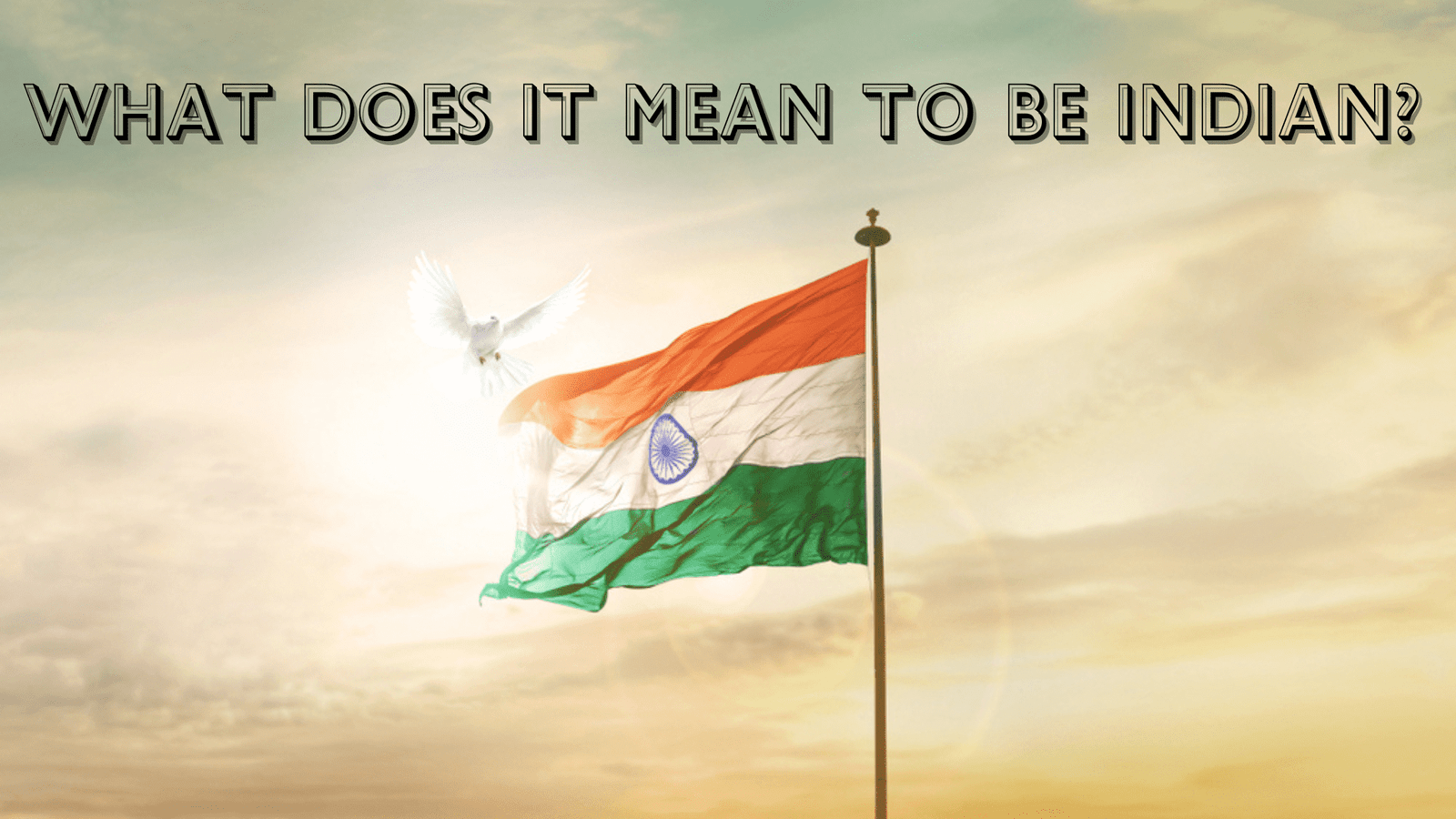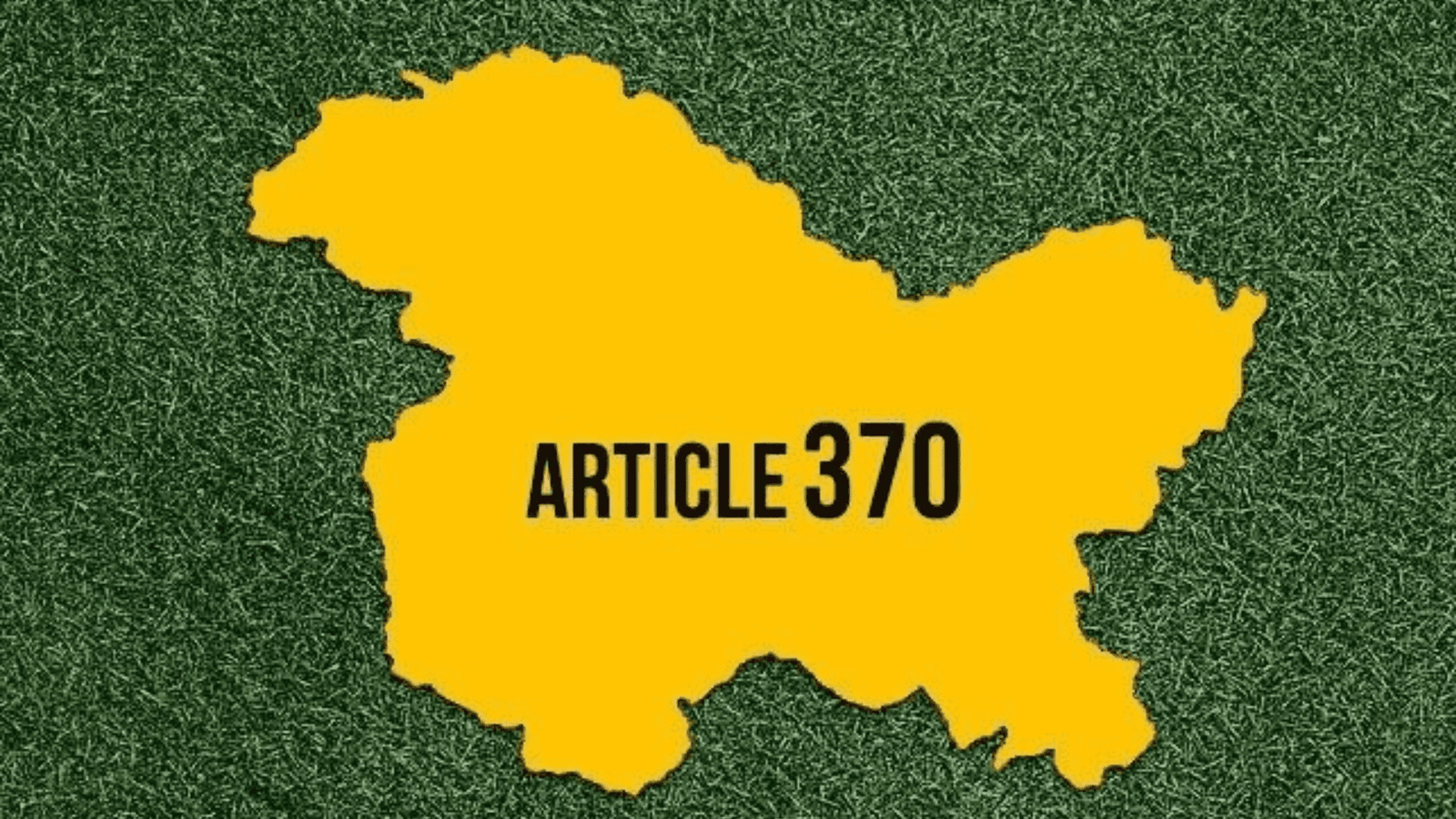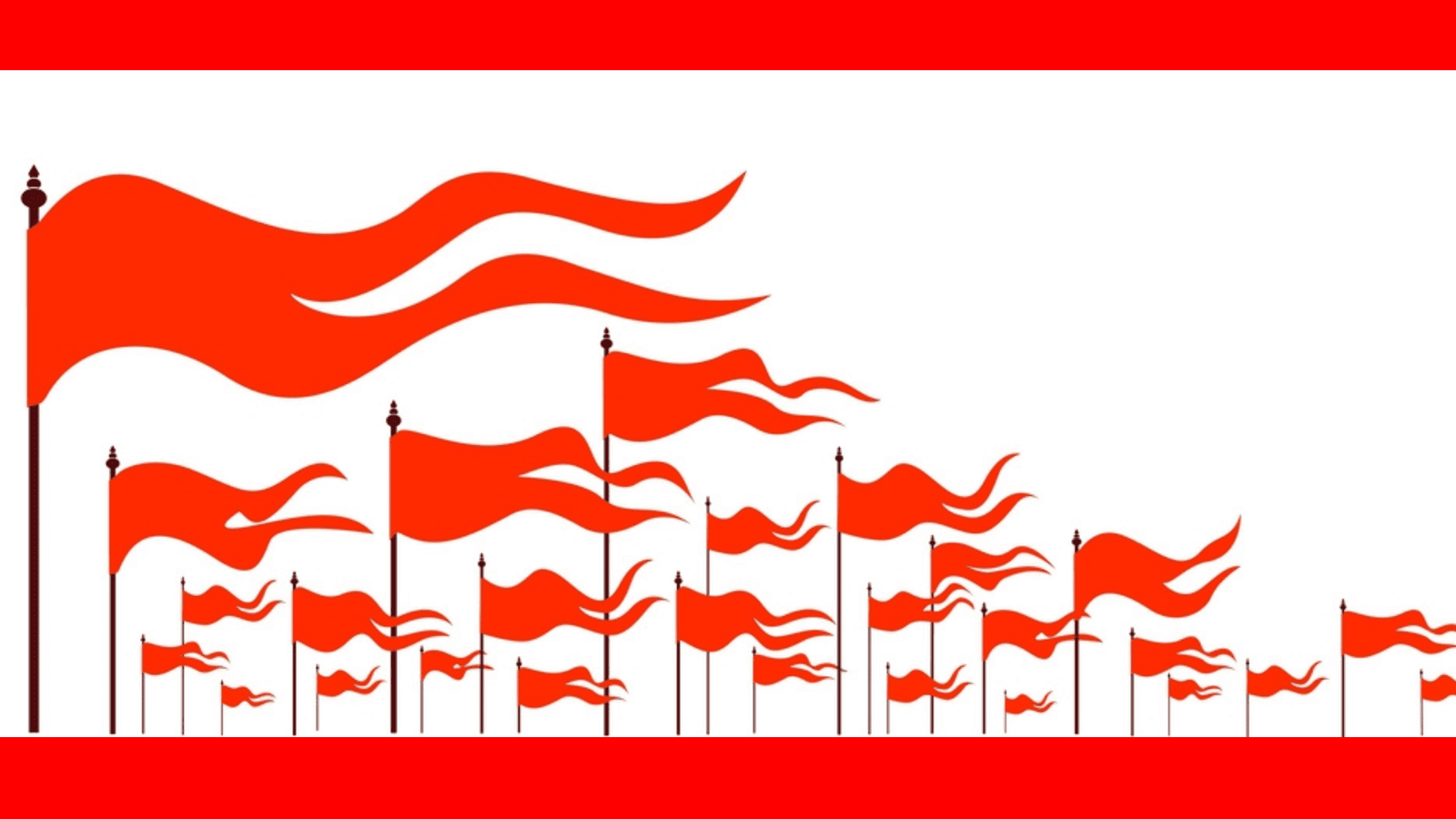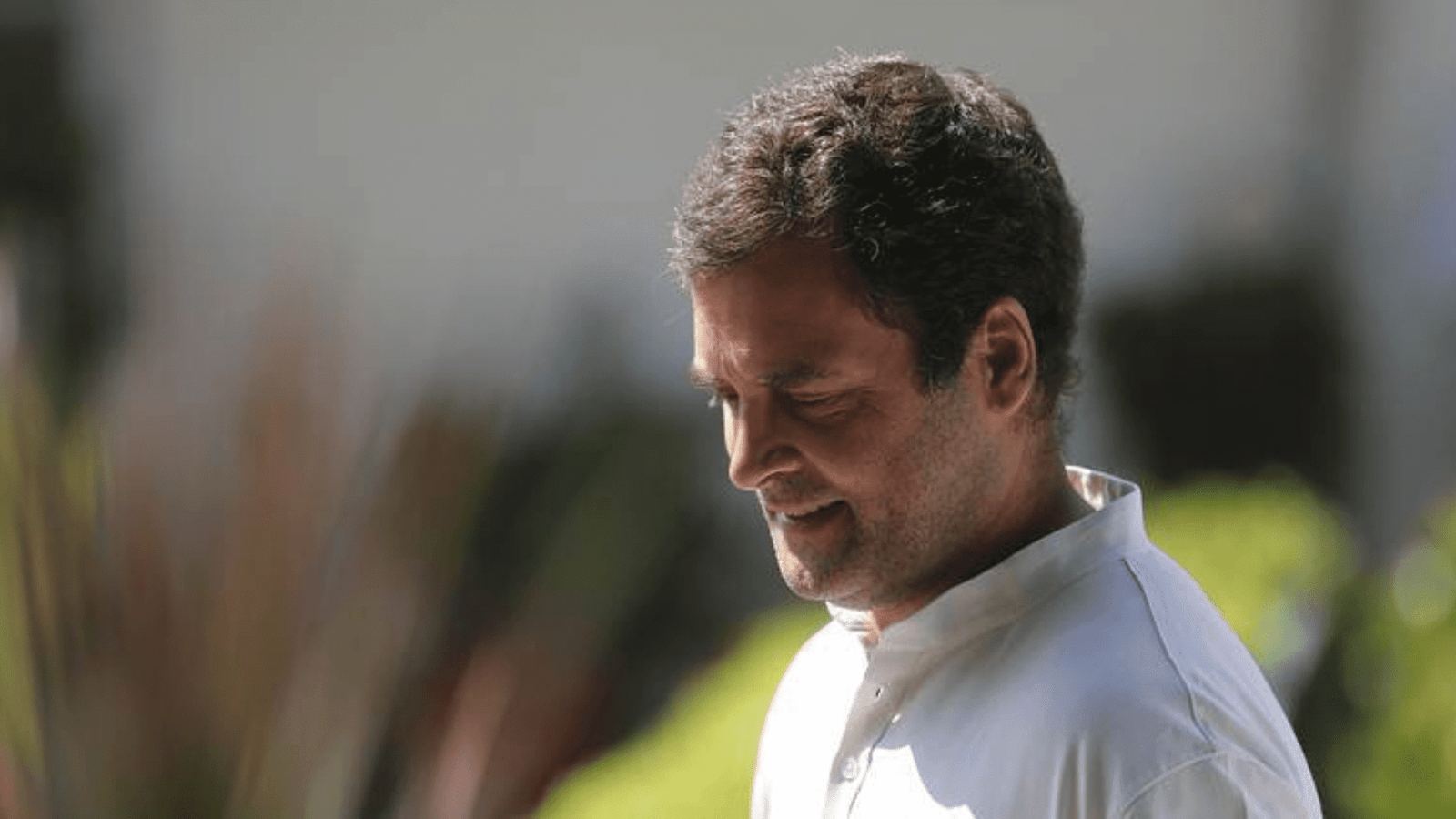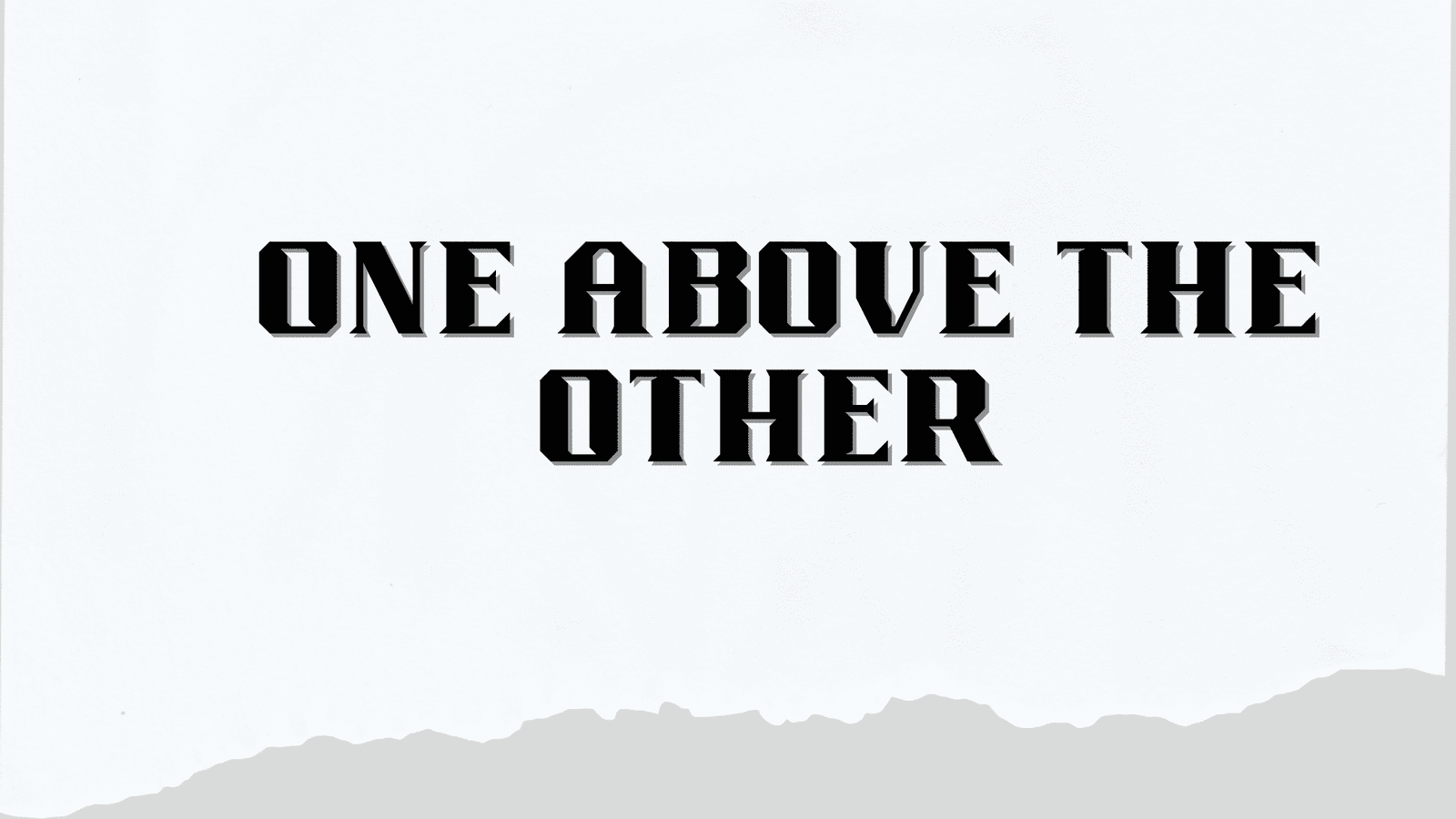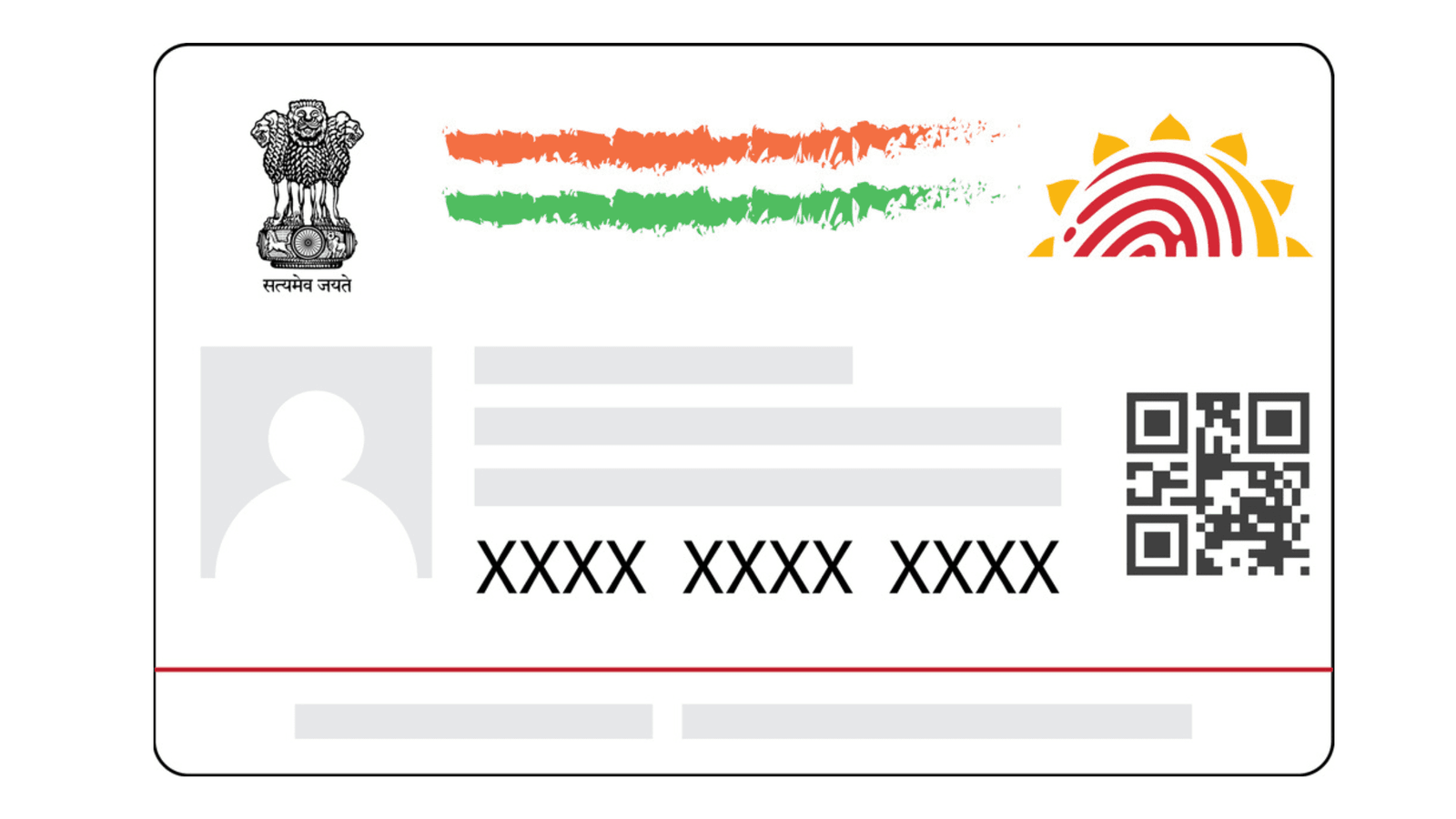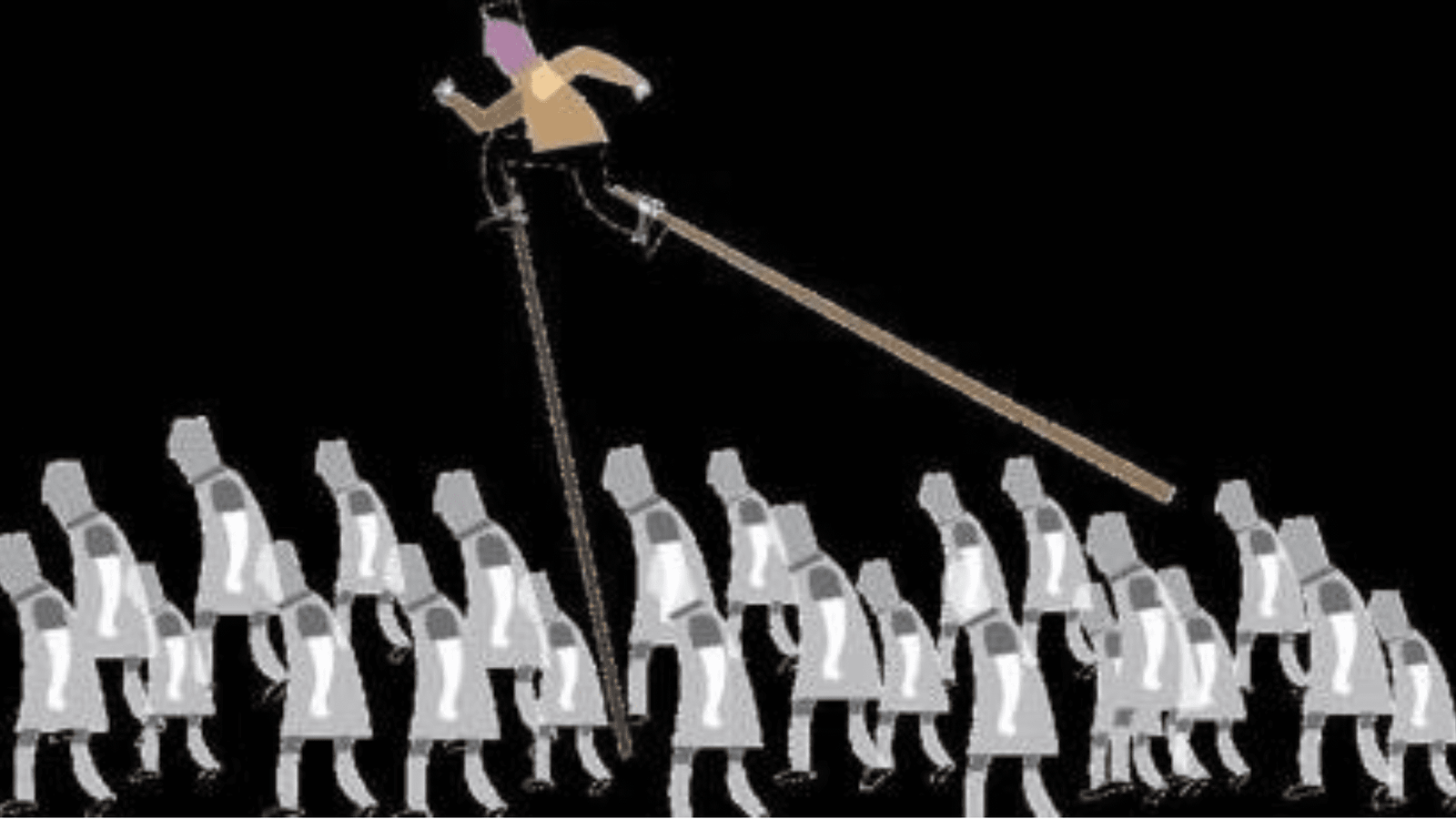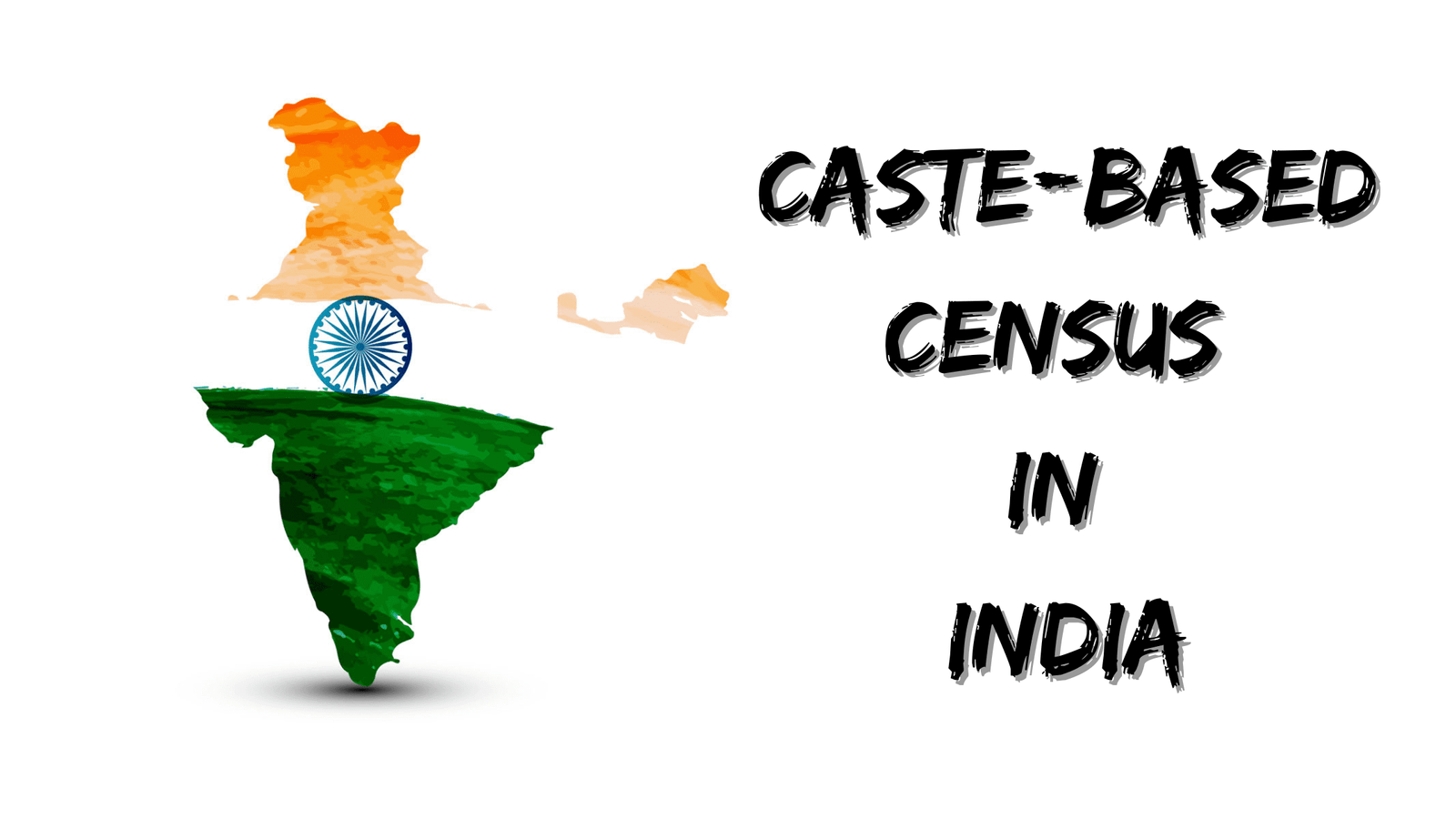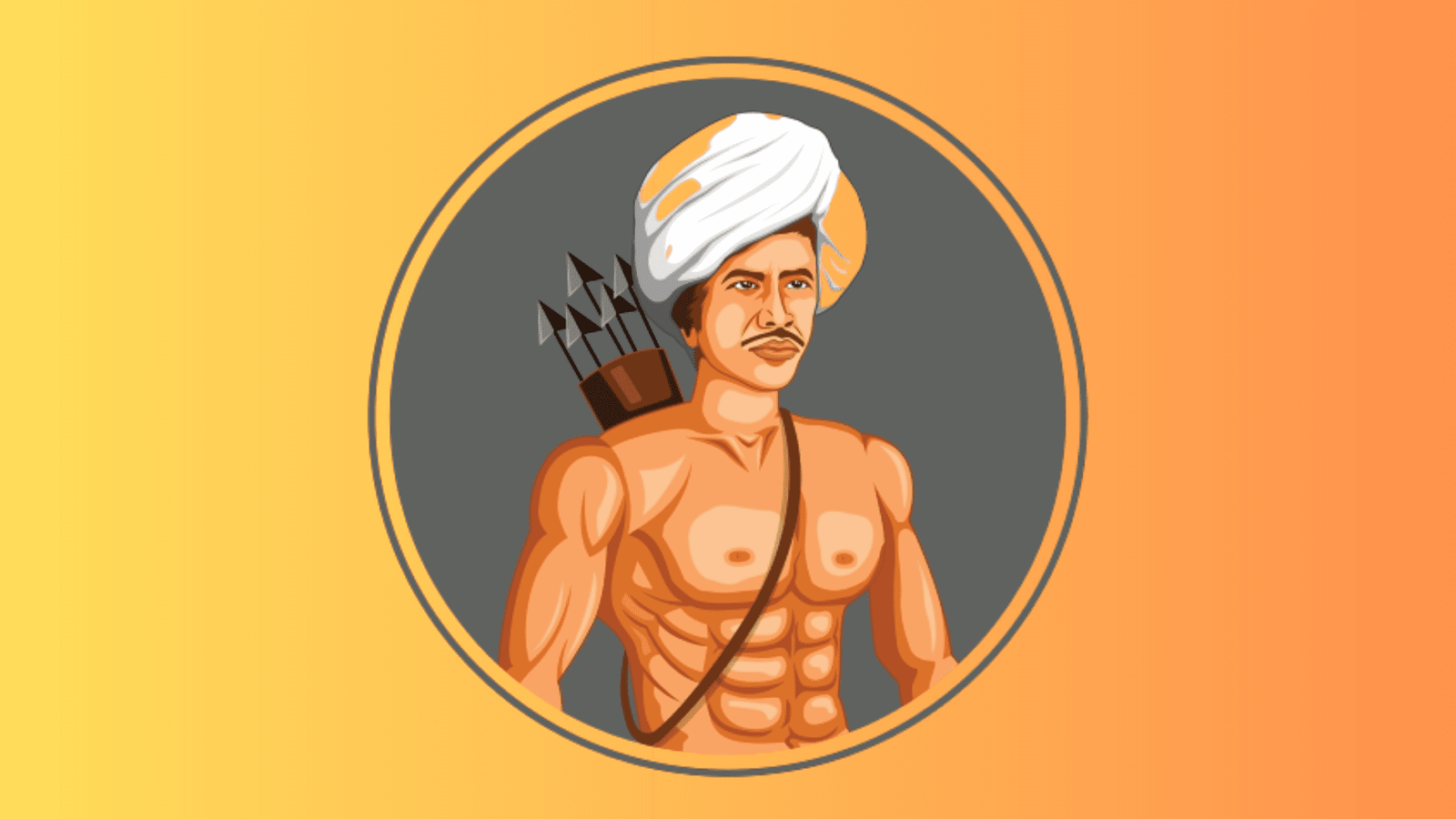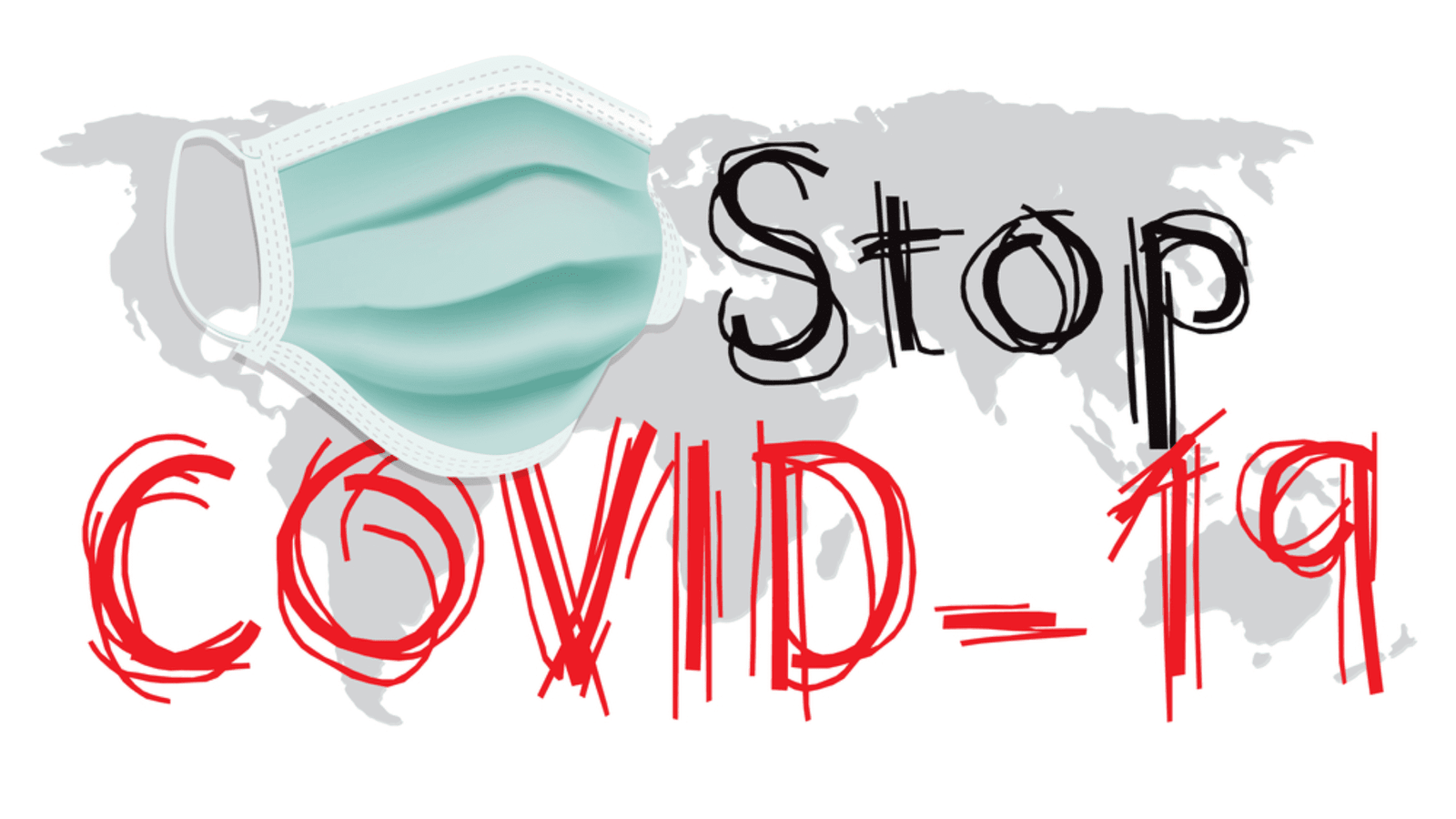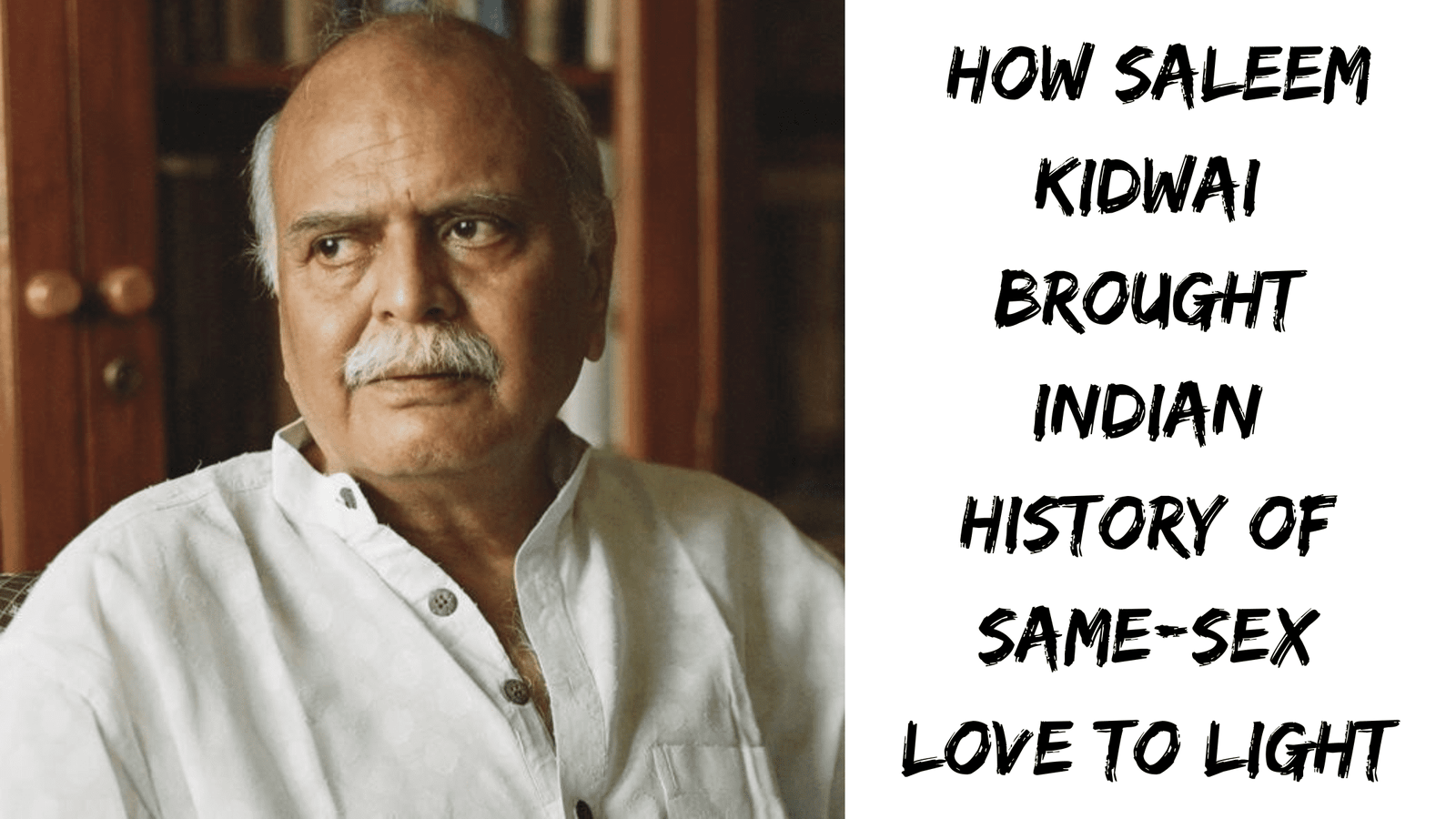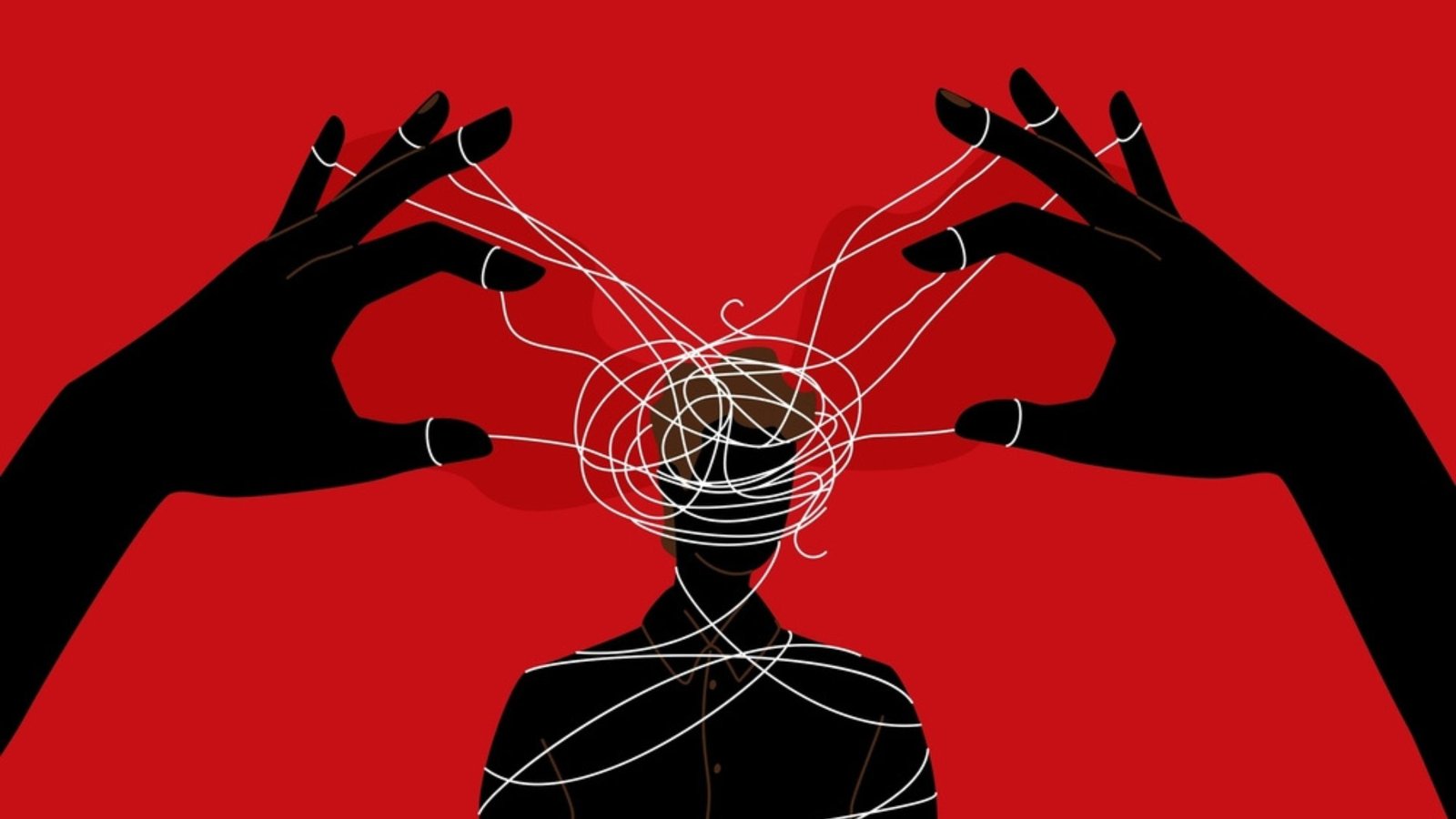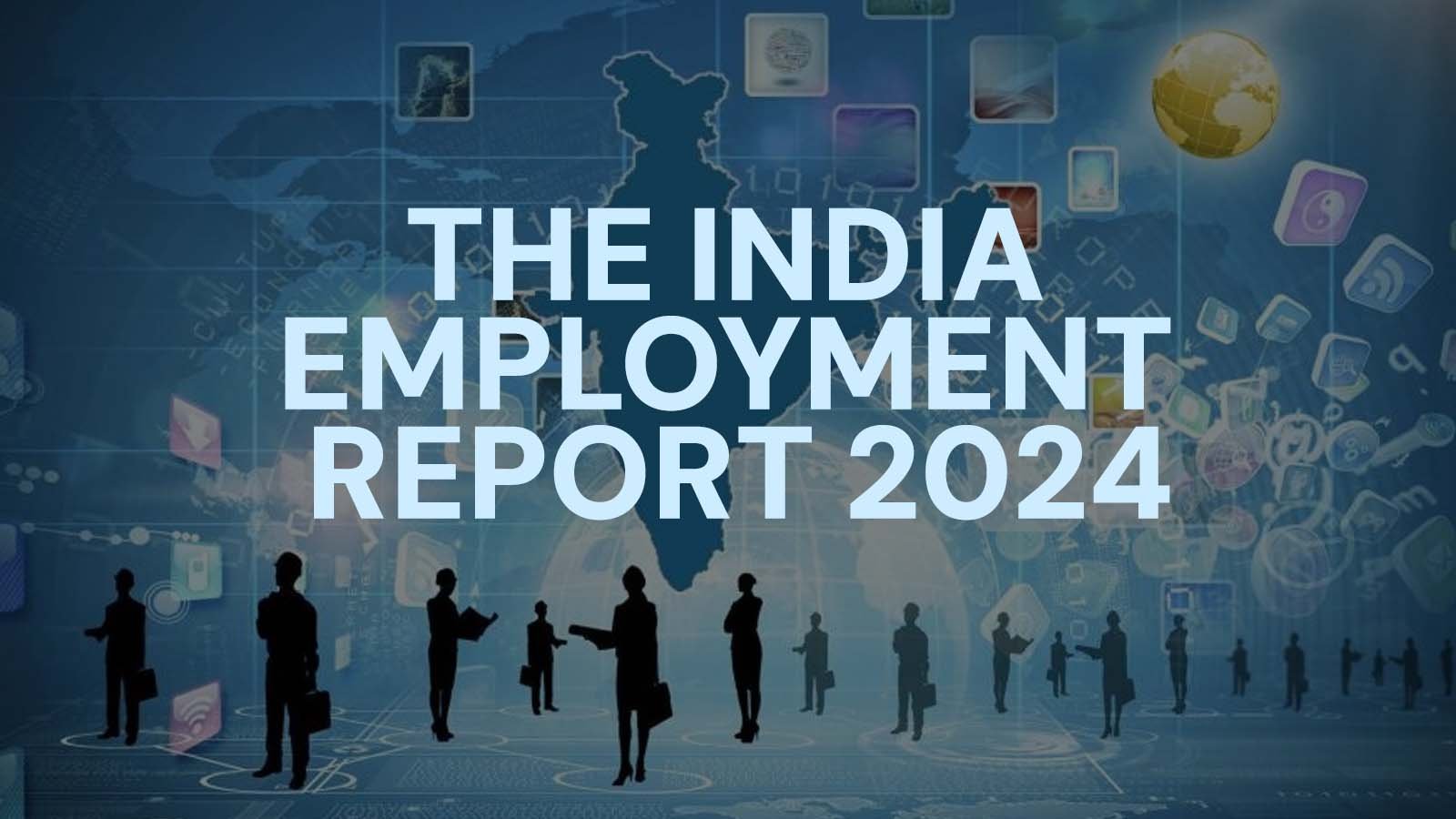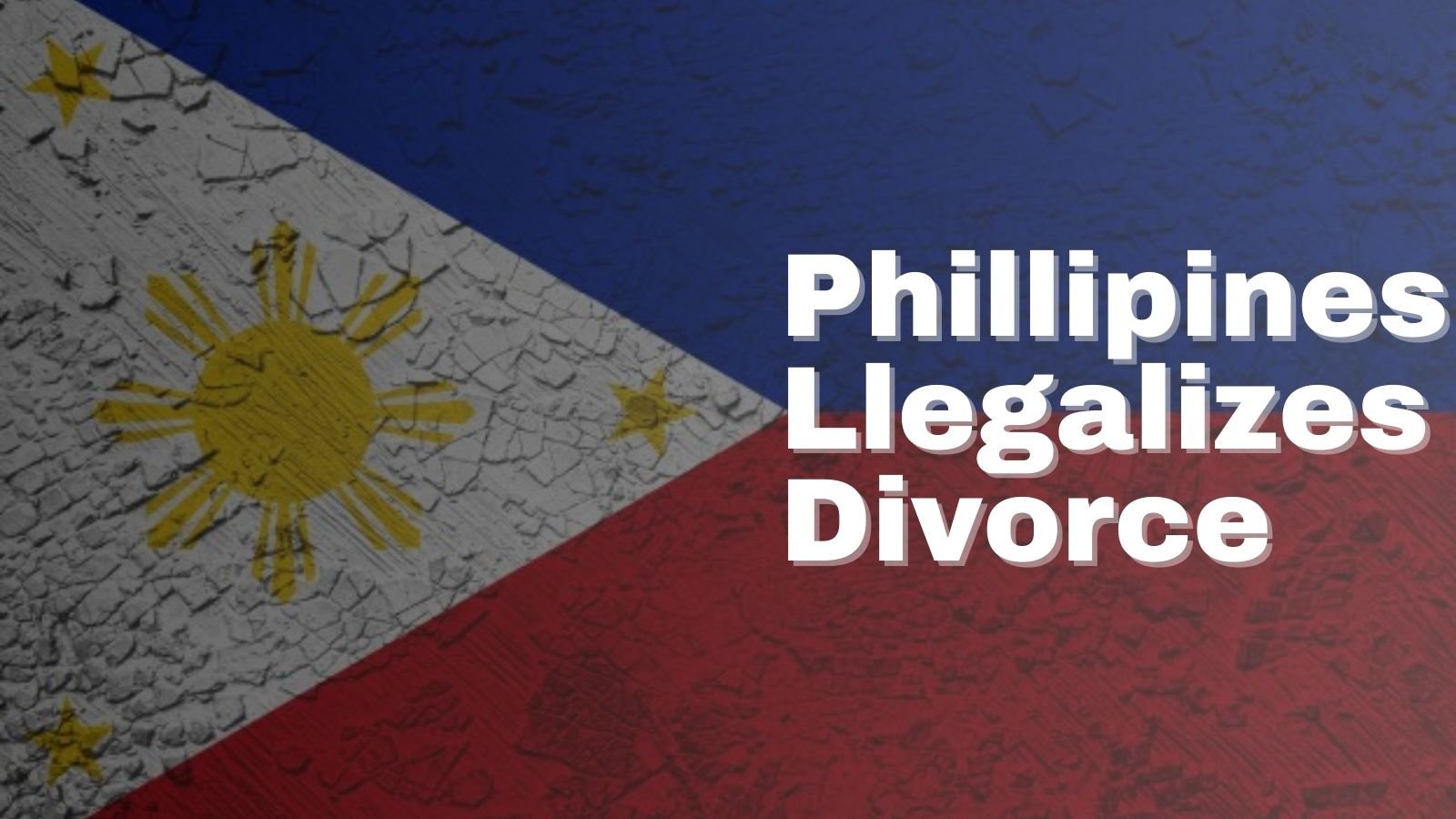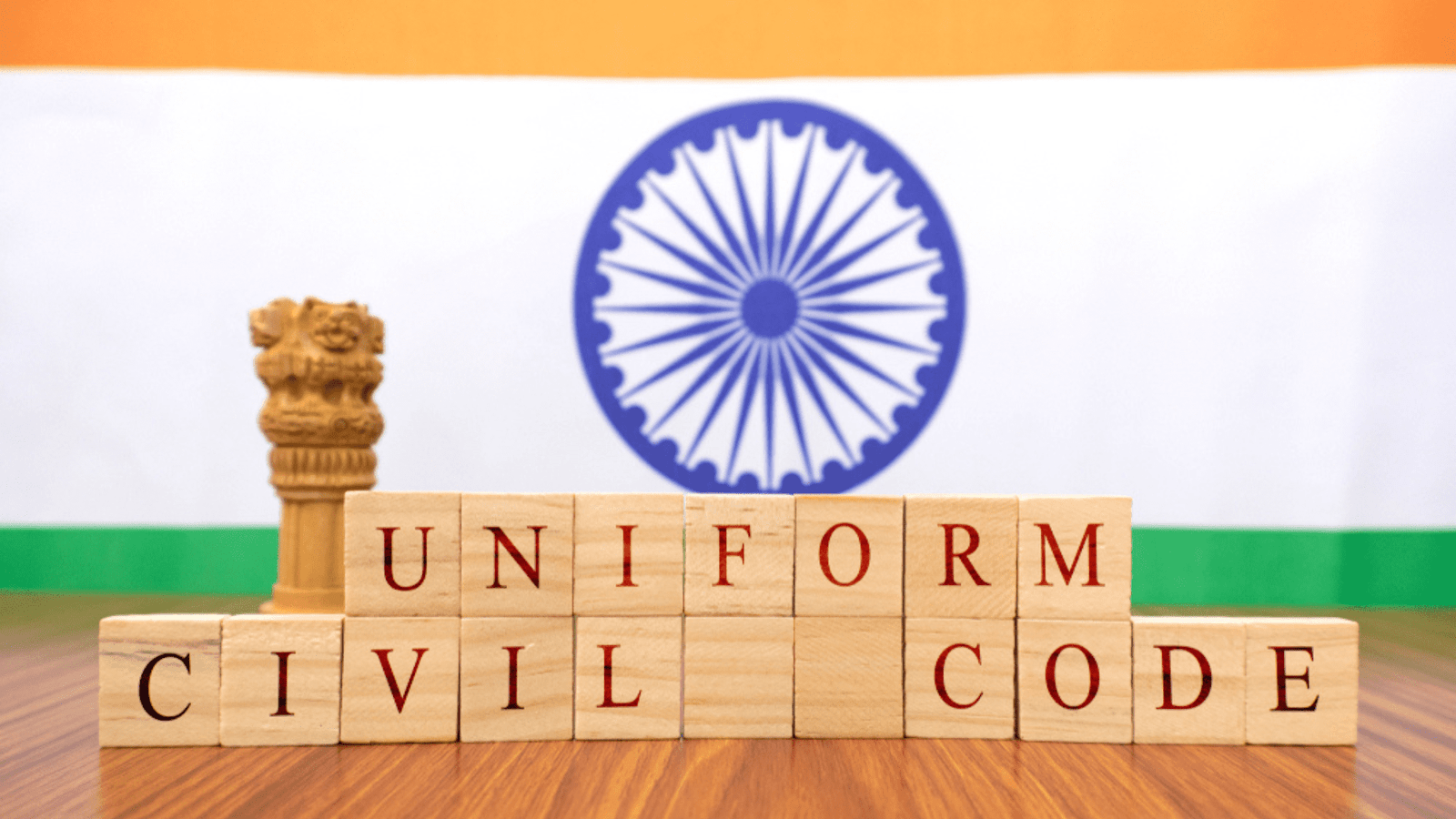
The News:
The Delhi High Court has backed the implementation of Uniform Civil Code in the country. Uniform Civil Code:
A Uniform Civil code involves having a common set of laws of marriage, divorce, succession and adoption for all Indians, instead of allowing different personal laws for people of different faiths.
Article 44 of the Constitution of India says that state shall “Endeavour to secure for the citizens a uniform civil code throughout the territory of India”.
Sociological analysis:
P B Mehta writes that the group identities between different religious groups were created by the British Colonial Apparatus, which was invoked as a primary justification for India’s suitability for modern institutions. Rochana Bajpai, however, argues that group identities no longer remain a part of colonial policy alone, but with wider social, political and economic processes; is a response of the elites and non elites to the opportunities created by the colonial policy.
ubair Ahmed Bader writes that insofar as the minority community continues to manifest personal laws as an indispensable part of their socio-religious identity and as a part of their right to live as a religious community, an abrupt transition from personal laws to the Uniform Civil Code, politically, remains inexpedient.
Srirupa Roy writes that Muslim identity in India has emerged as resultant phenomena of “top- down” construction of identity as a minority identity through actions and policies of the state and the “bottom-up” construction of the identity as “other” at the societal level through competing claims advanced in response to other identities.
Scholars like Zoya Hassan, Mushirul Hasan, Rina Verma Williams, Anupama Roy and others have castigated the minority community leadership for structuring a religious controversy that in real sense was an issue of gender and social justice.
Zoya Hassan writes that the argument of homogeneity and unification was associated with the personal laws by Muslim elites, projecting them as a unifying symbol for the community as opposed to the socio-economic differences, which divided the community.
Zoya Hasan also argues that initially the campaign against Shah Bhano judgment failed to garner any substantial response from the minority community till it was an issue of women’s right to maintenance. However, a shift in argument by the Muslim organizations to the larger issue of the right of the minority community to exist as a religious community in a secular society, provided momentum to the campaign.
Zubair Ahmed Bader argues that the absence of any hostility in earlier cases of two similar judgments-in the Bai Tahira and Fazlunbail cases-evokes significant questions around the political opportunism of minority community leadership and their intentions to widen their sphere of influence.
Rina Williams writes that the passage of Muslim Women Bill in Parliament, despite exhaustive hostility to the bill from different sections of the society, buttressed the conservative voice in the minority community and marginalized the progressive one.
SP Sathe writes that the word ‘Uniform’ contained in Article 44 does not mean the extension of majority laws to all communities, for it would only make for ‘common’ law, and not necessarily ‘uniform’ law. Rather, a uniform application of laws means that every community must be governed by uniform principles of gender and human justice.
Nivedita Menon writes that complete abrogation of personal laws in the prevailing social and political conditions look difficult because of right wing forces increasingly using personal laws in their rhetoric against the minority community and the resultant counter mobilization by the fundamentalist forces. However, post the Shah Bano judgment, women’s movement have introduced a shift from the demand of complete abrogation to a more moderate demand of –reforms within the personal laws to make them gender-just. This can be a more pragmatic approach in present circumstances.
Zubair Ahmad Bader writes that the there is need for restructuring of the identity structure of the minority community with civil reforms and socio-political justice, so that the religious identity moves down the ladder of the structure, before the complete introduction of UCC, which otherwise would cause resentment and be seen as a threat to minority identity.
